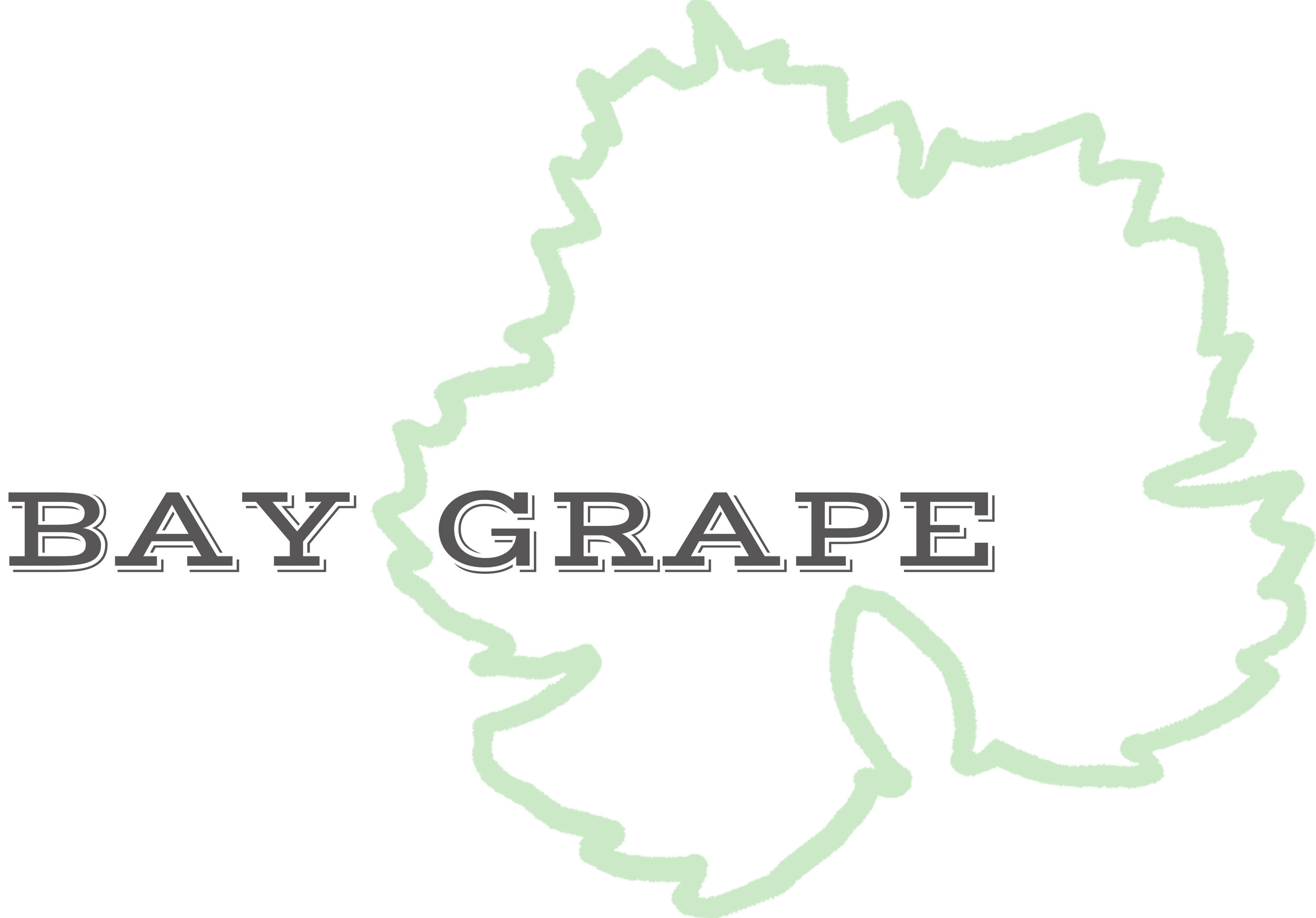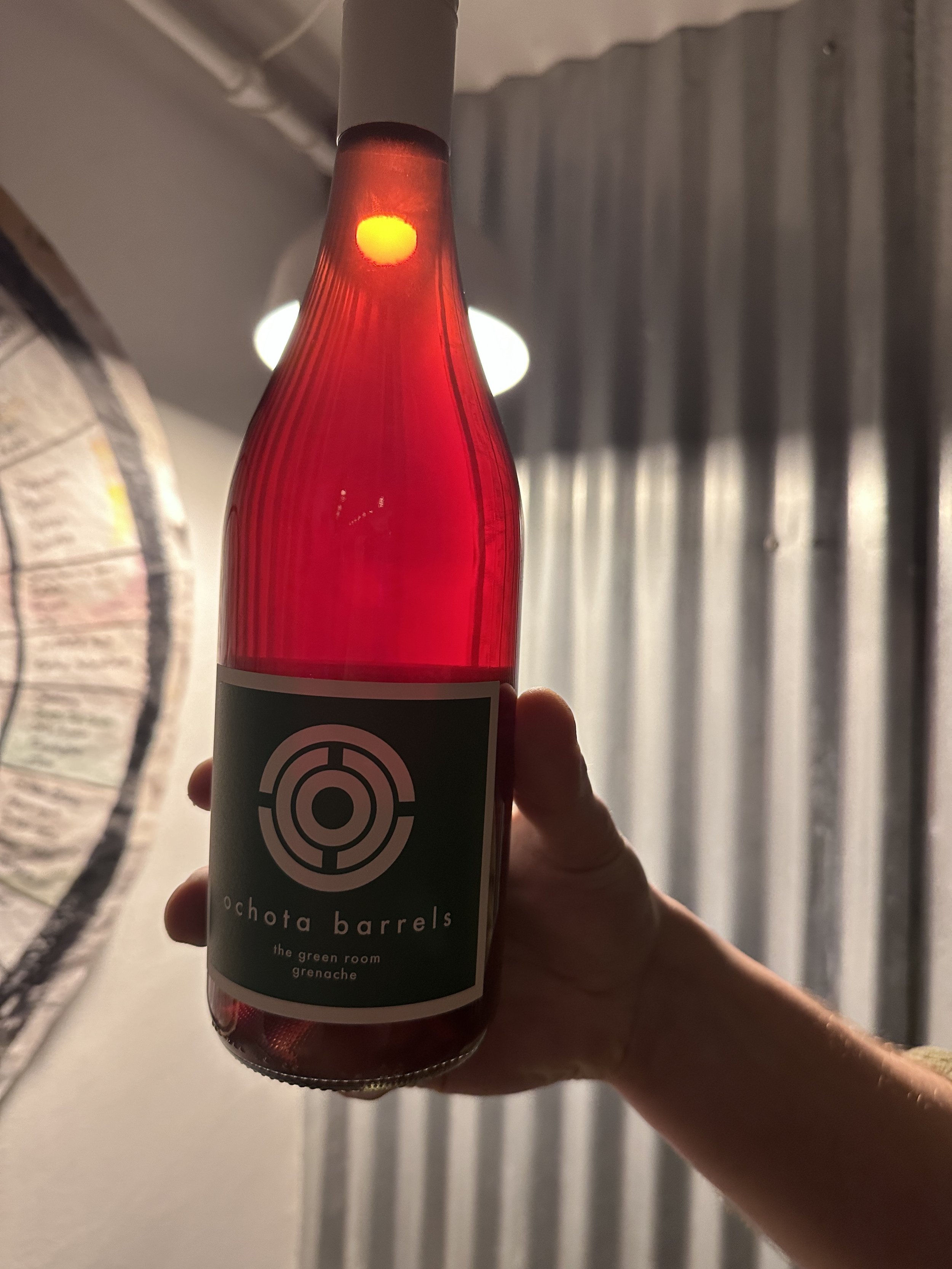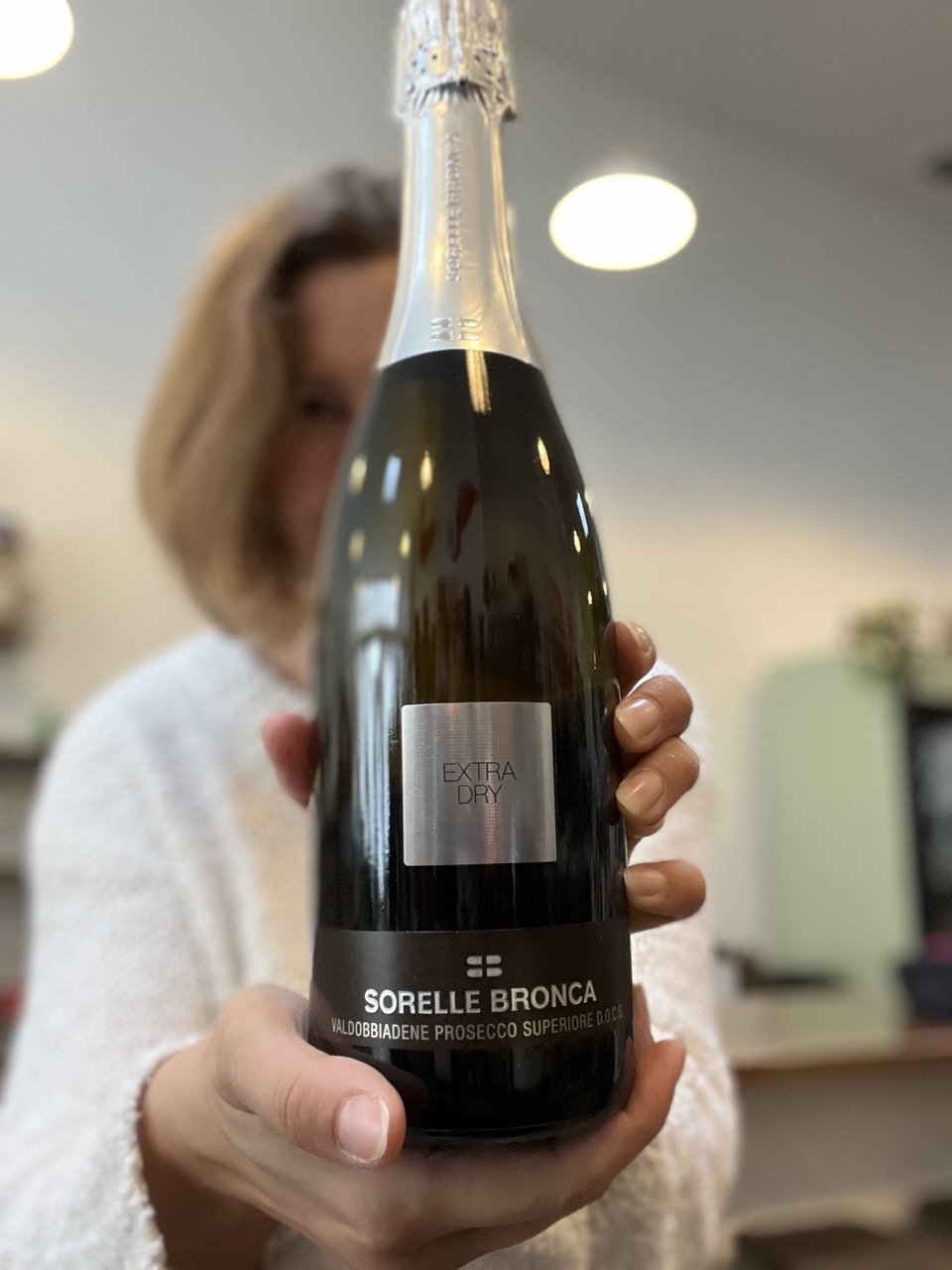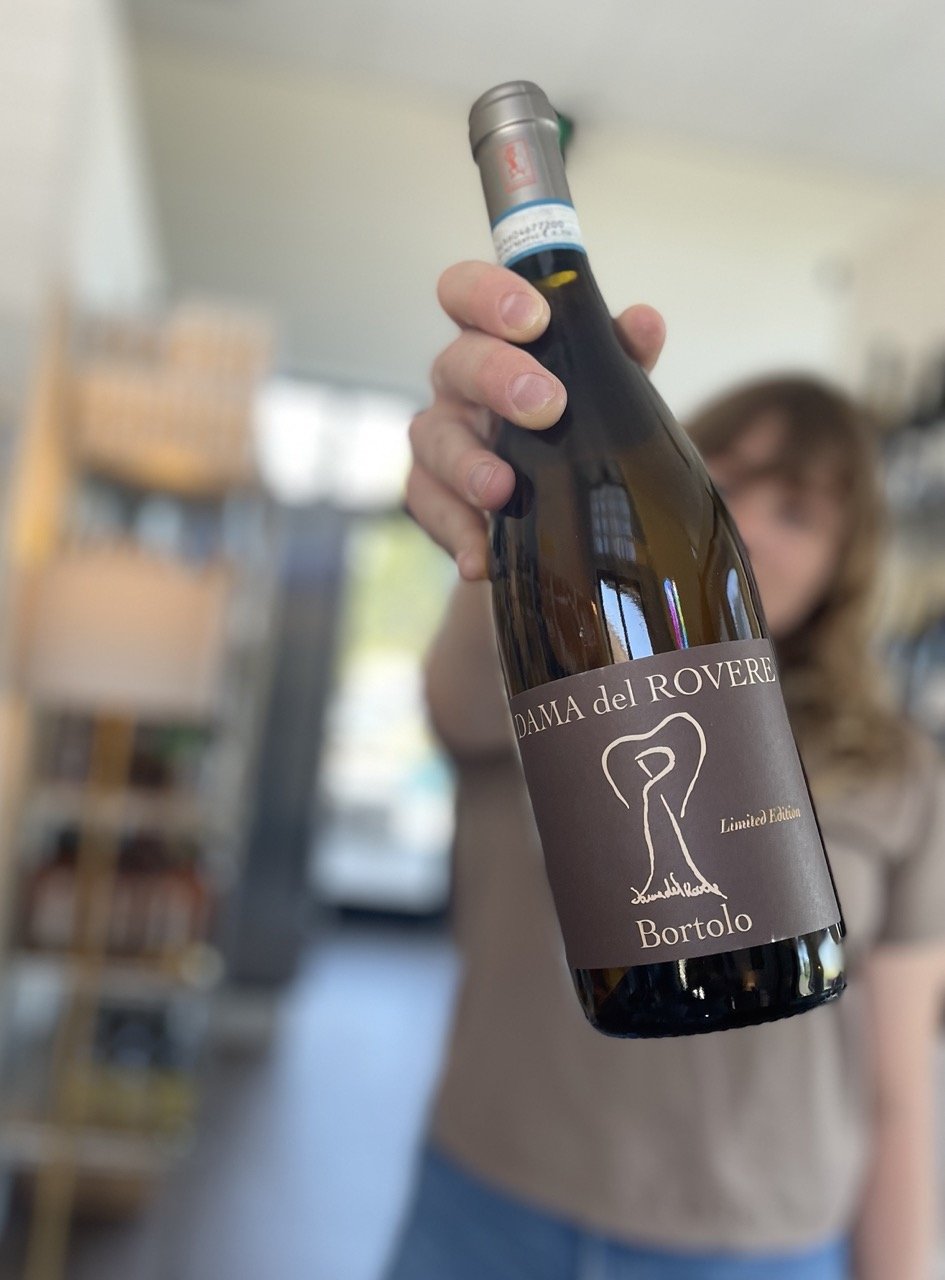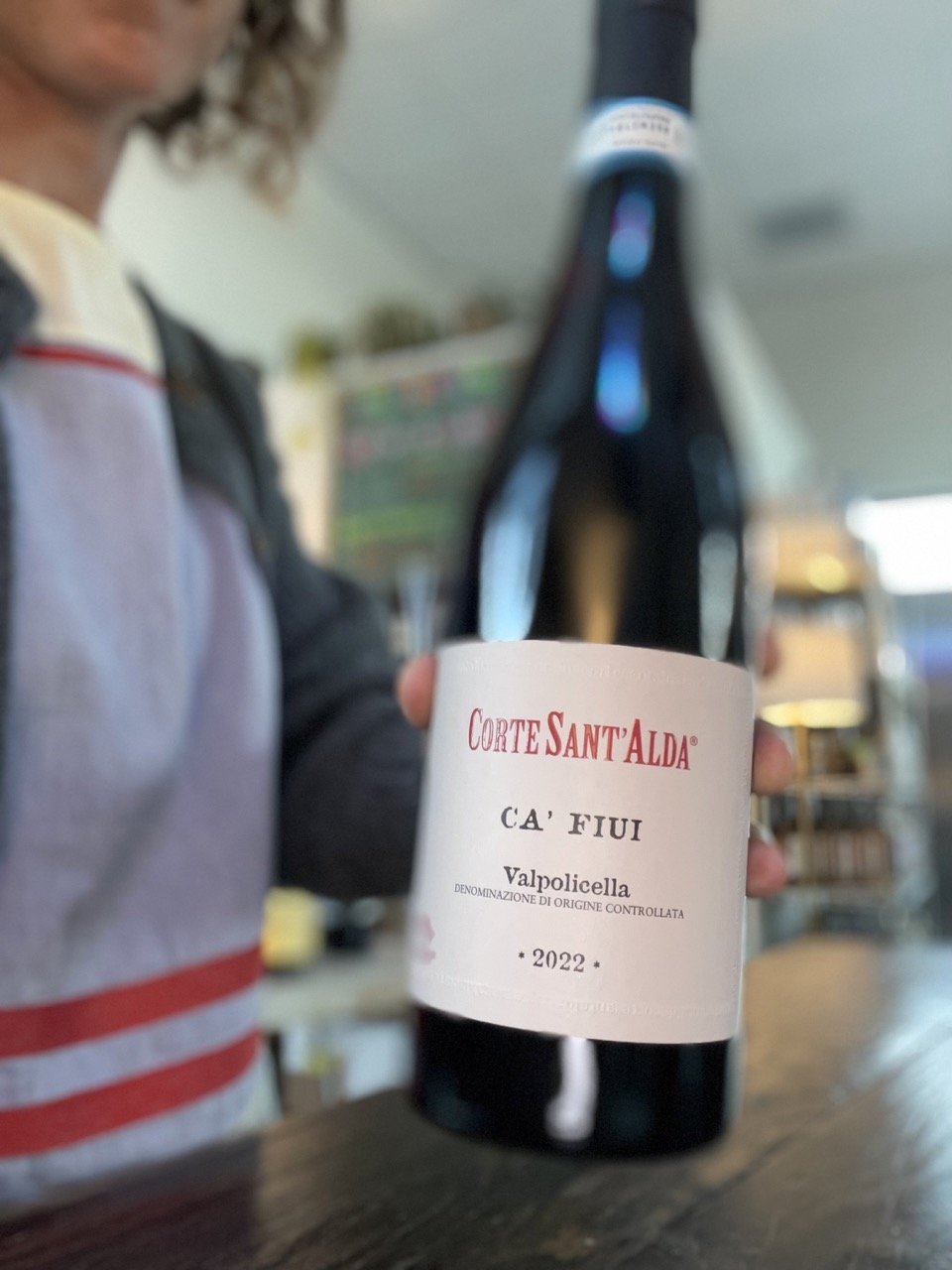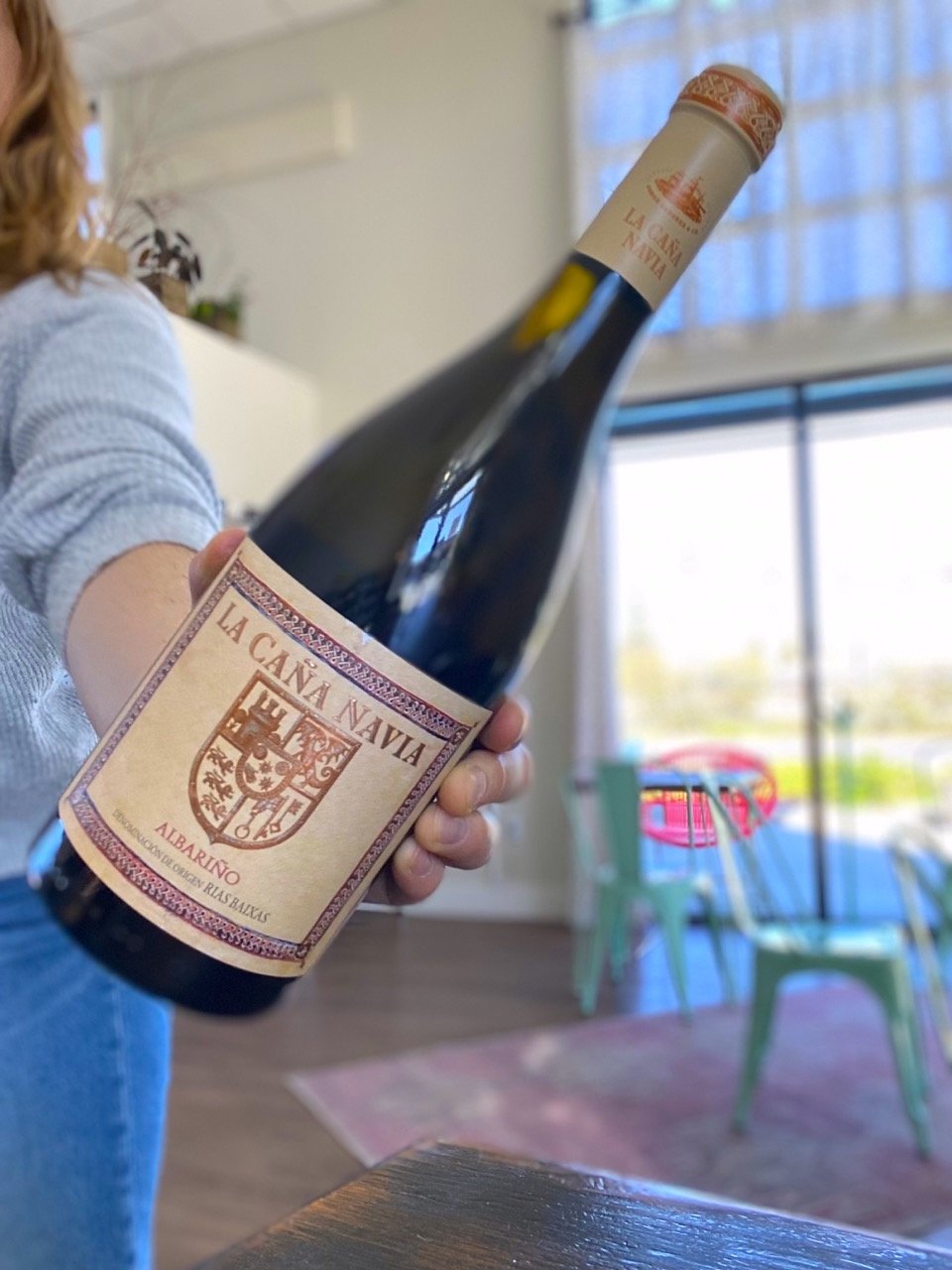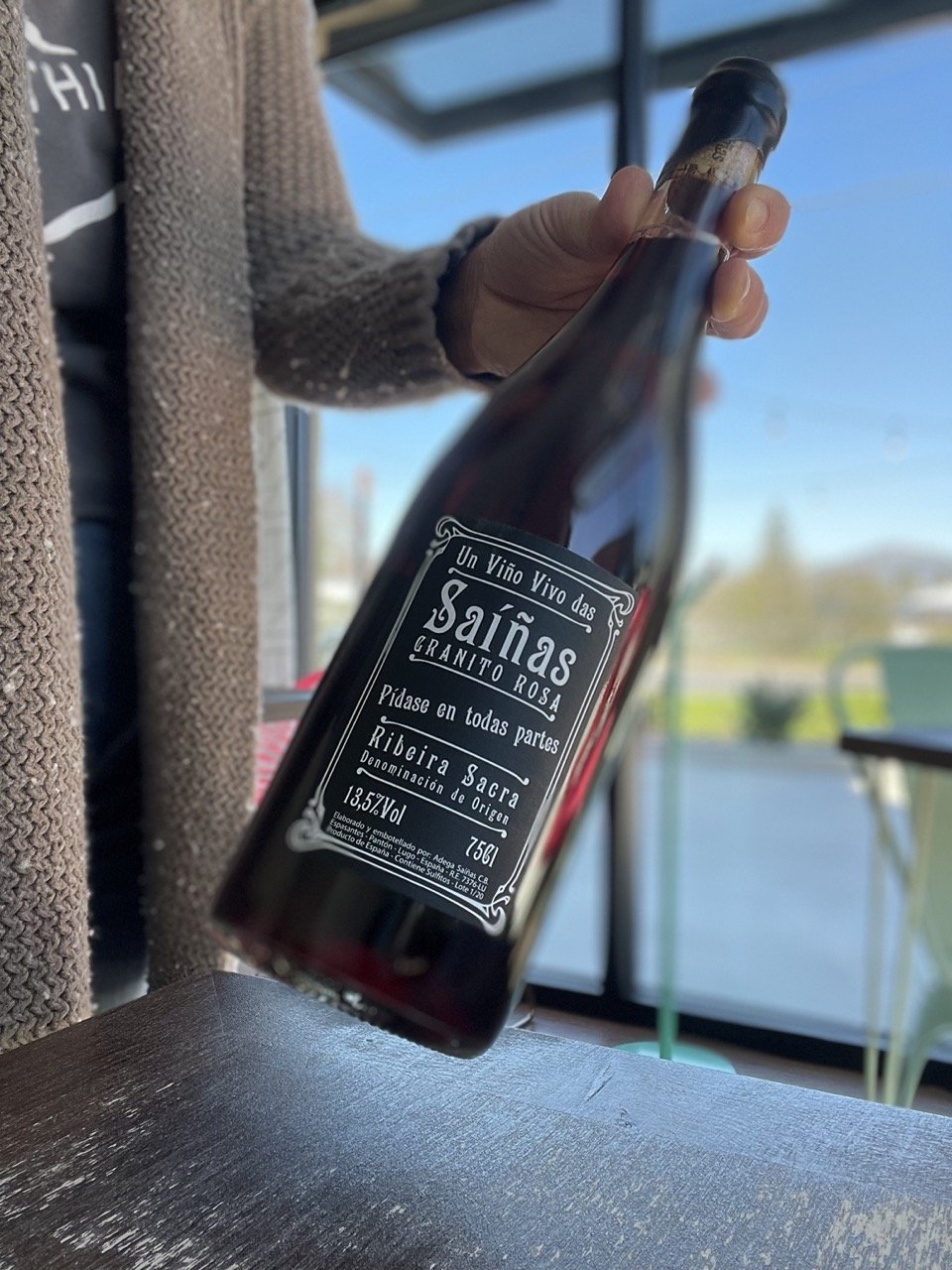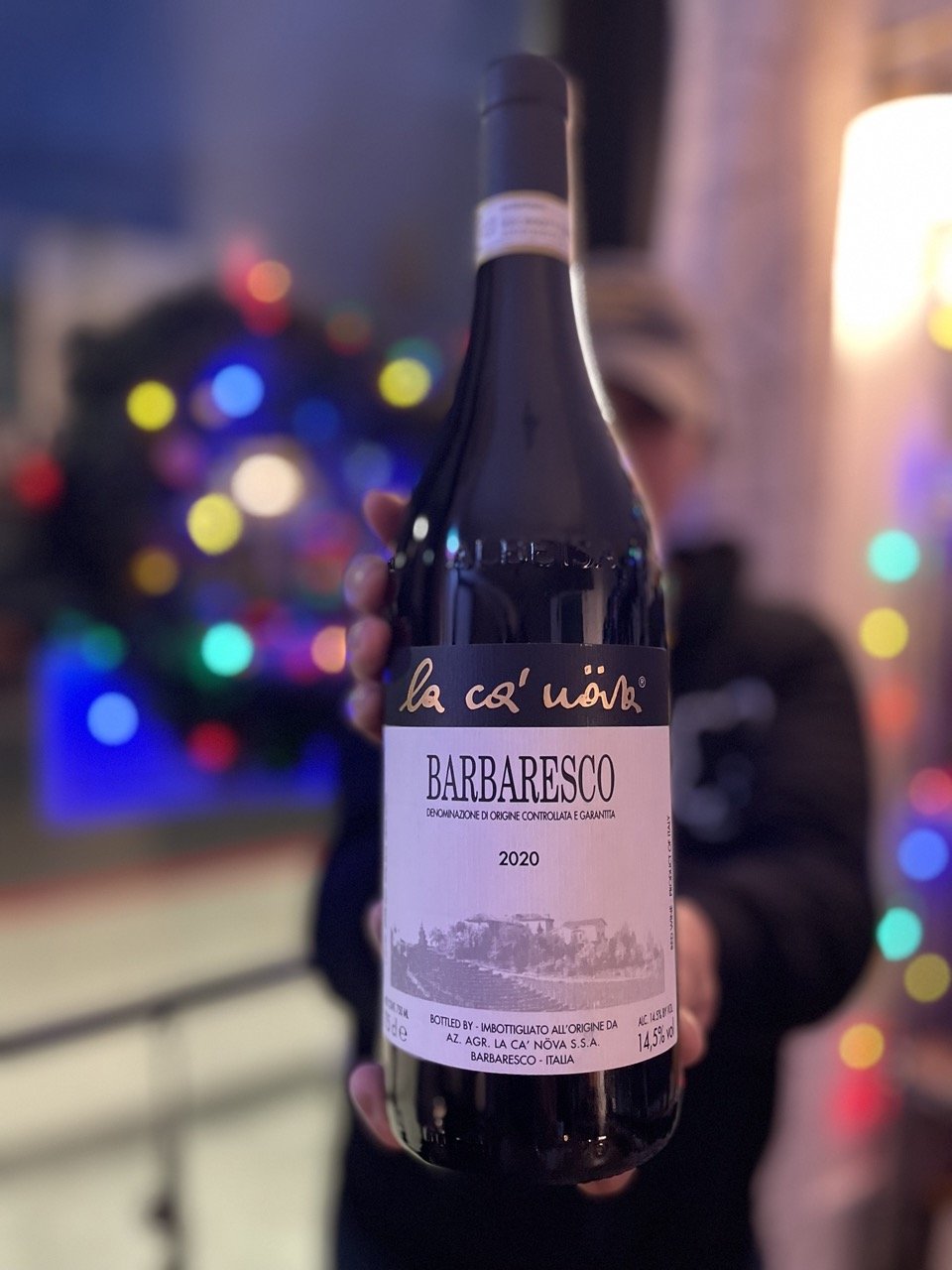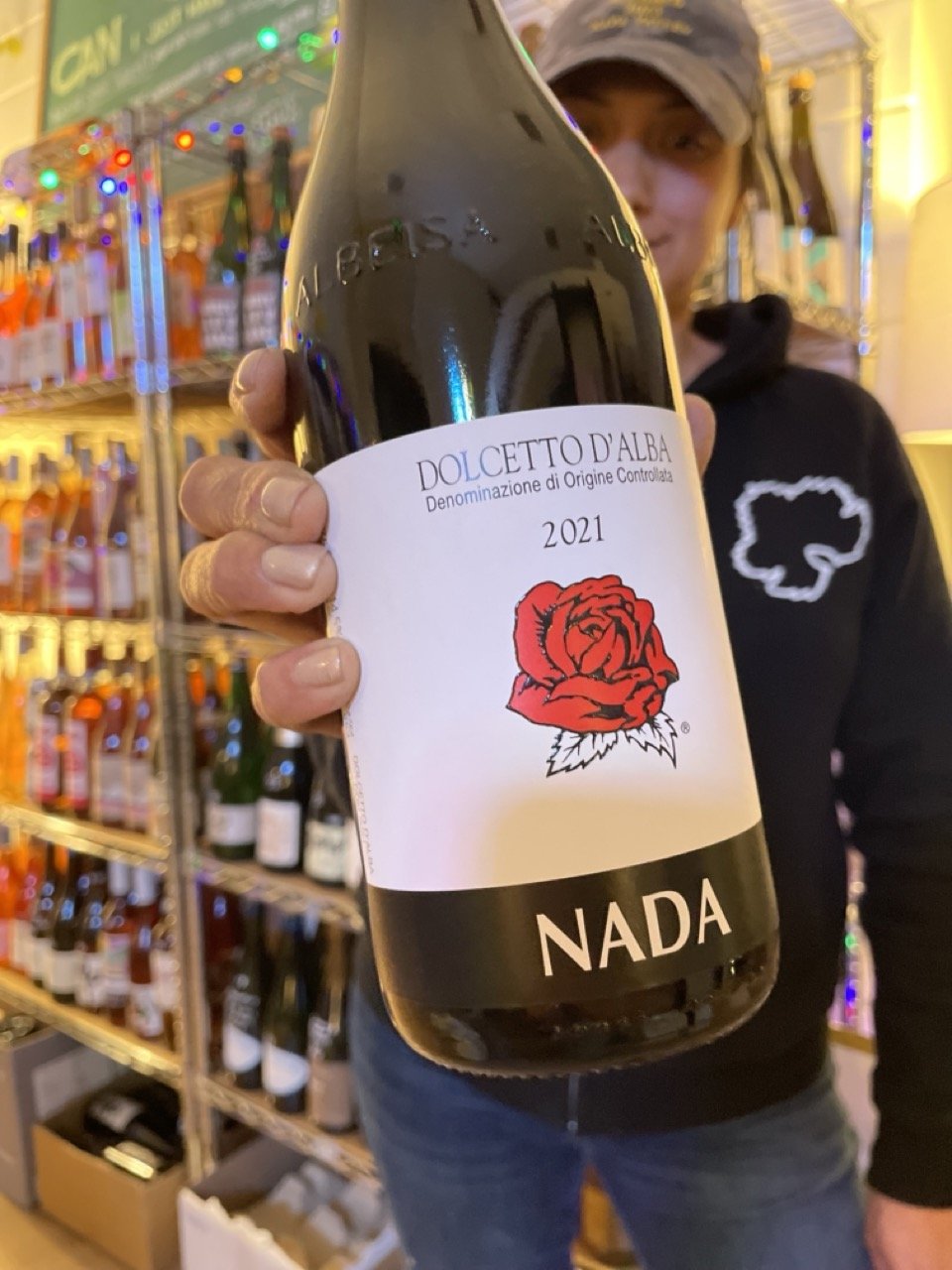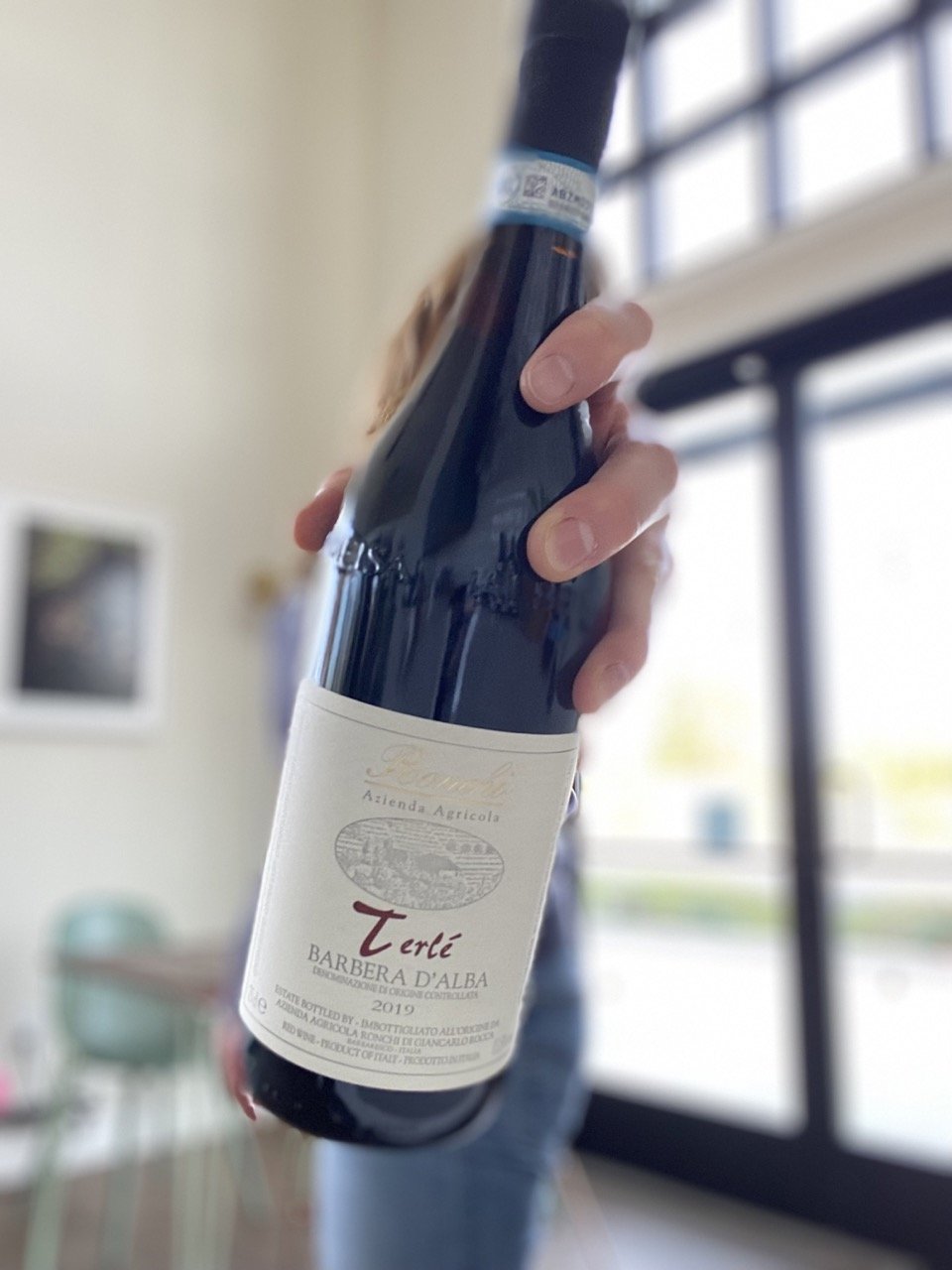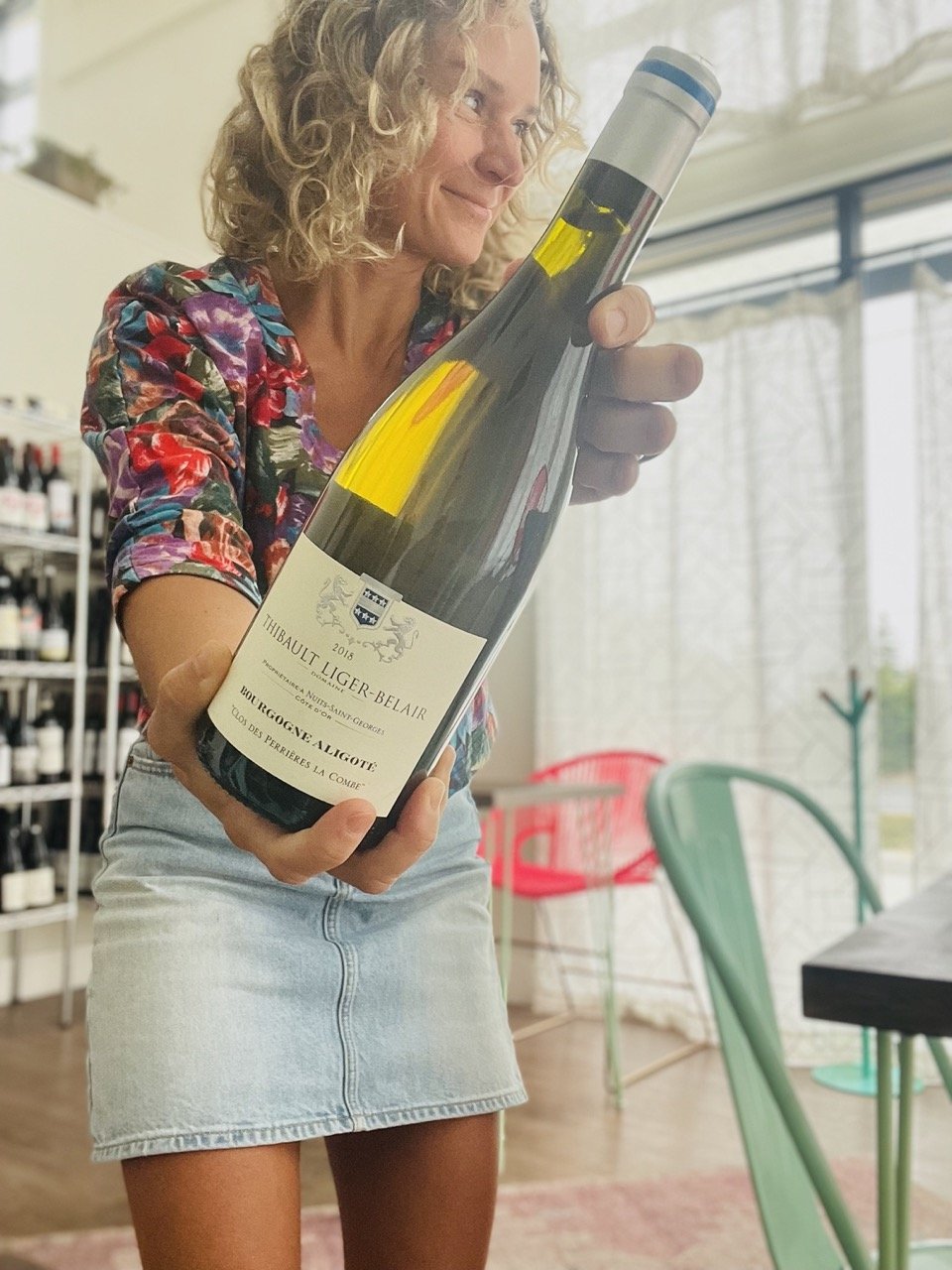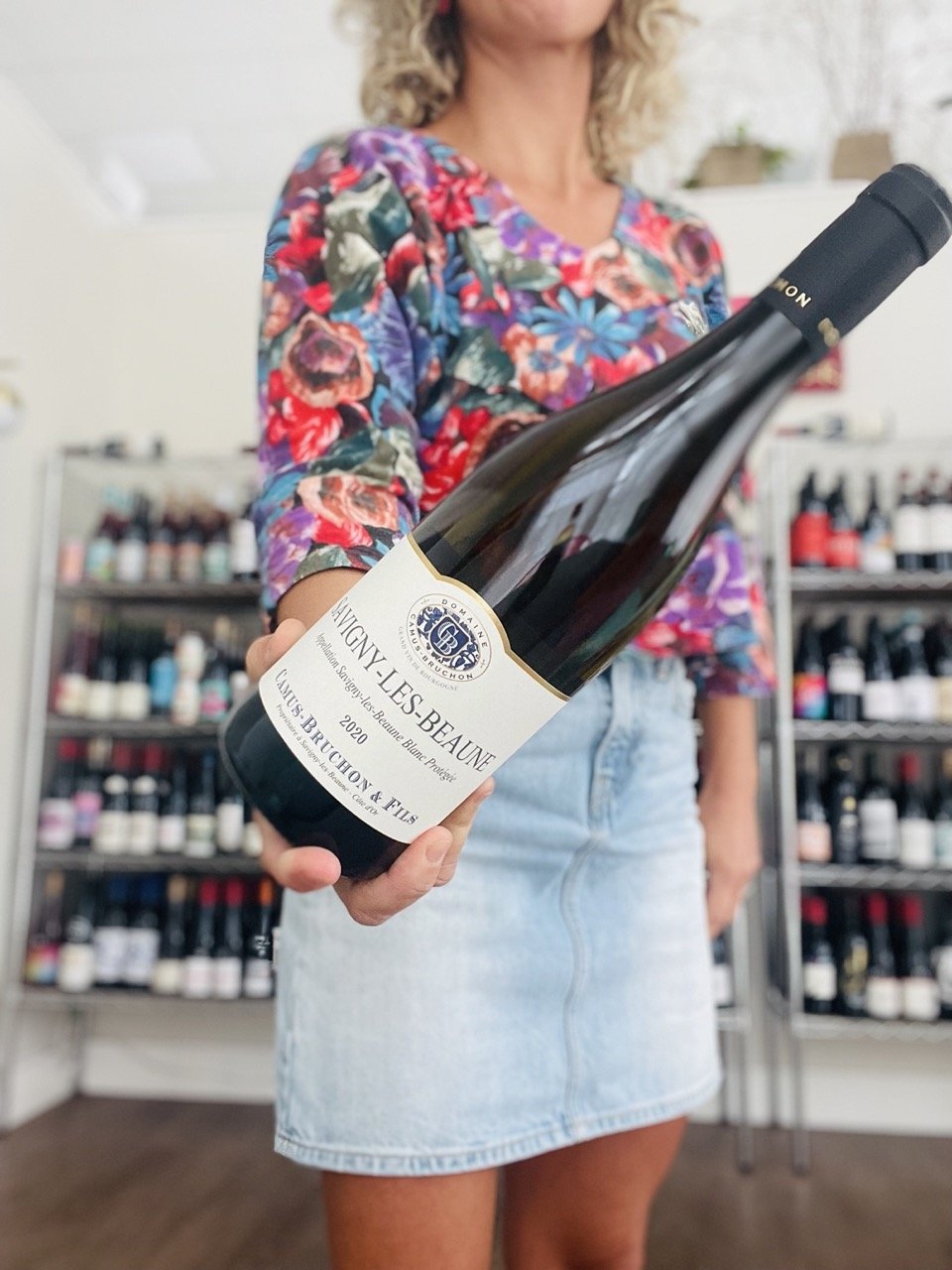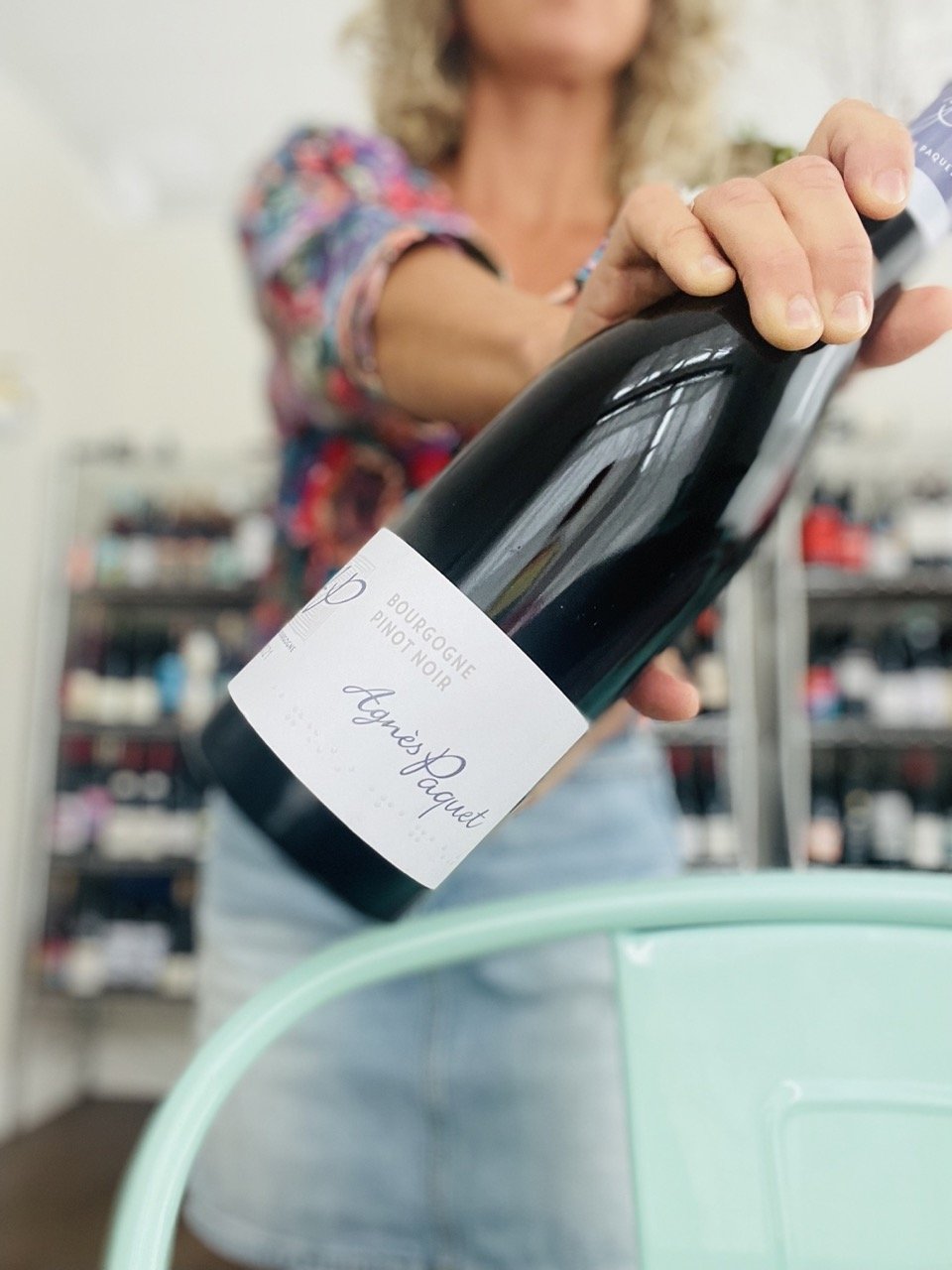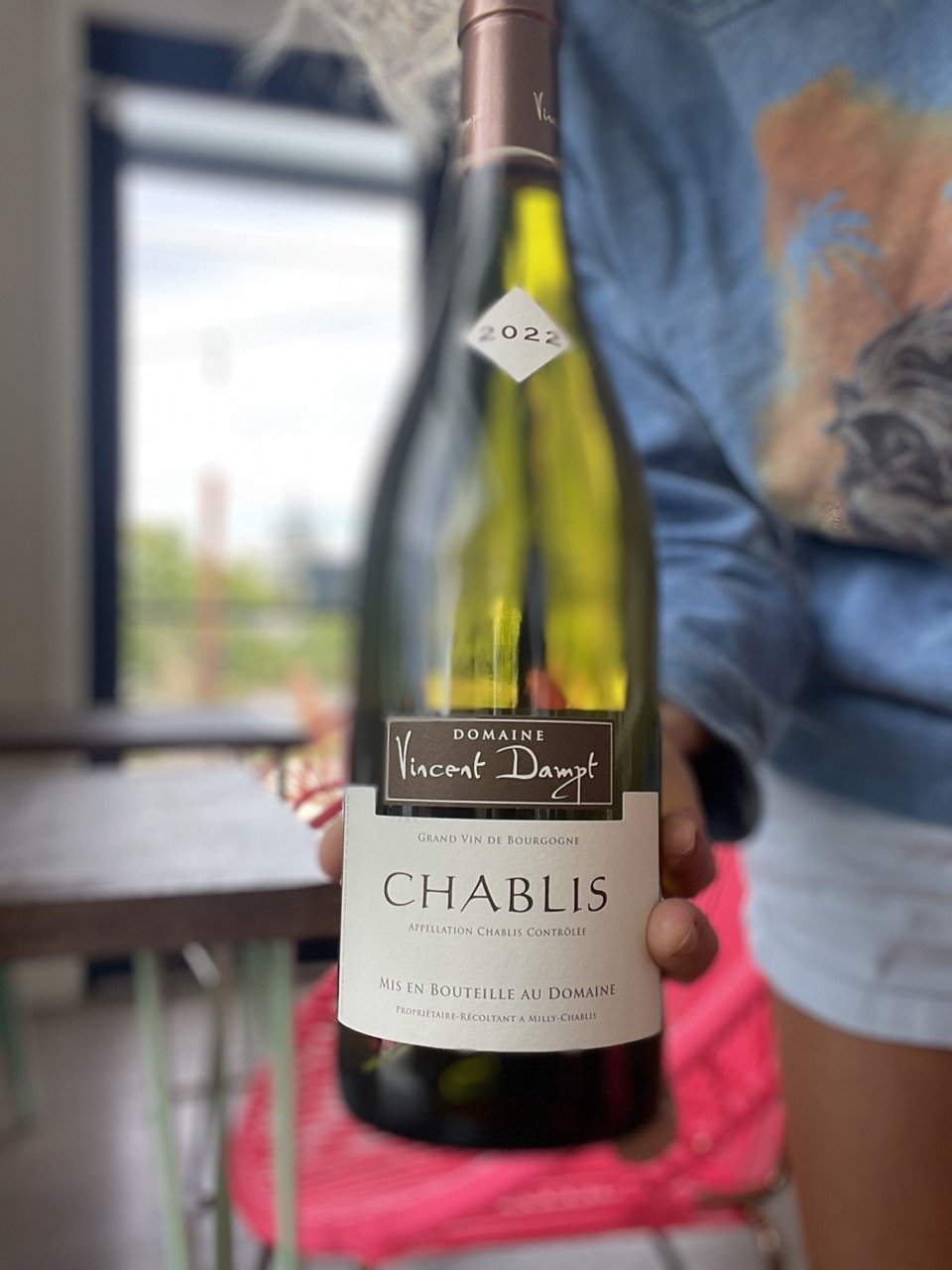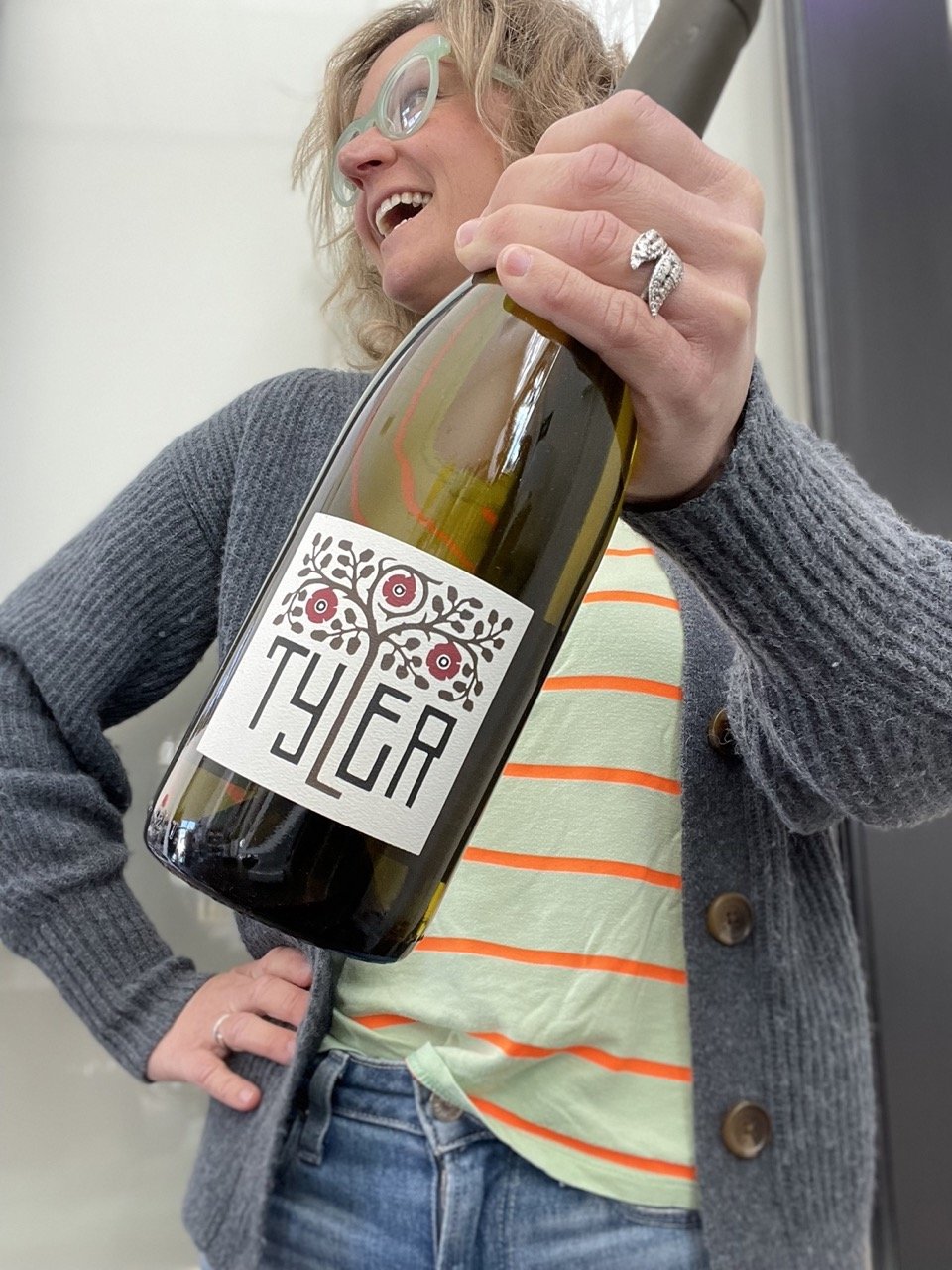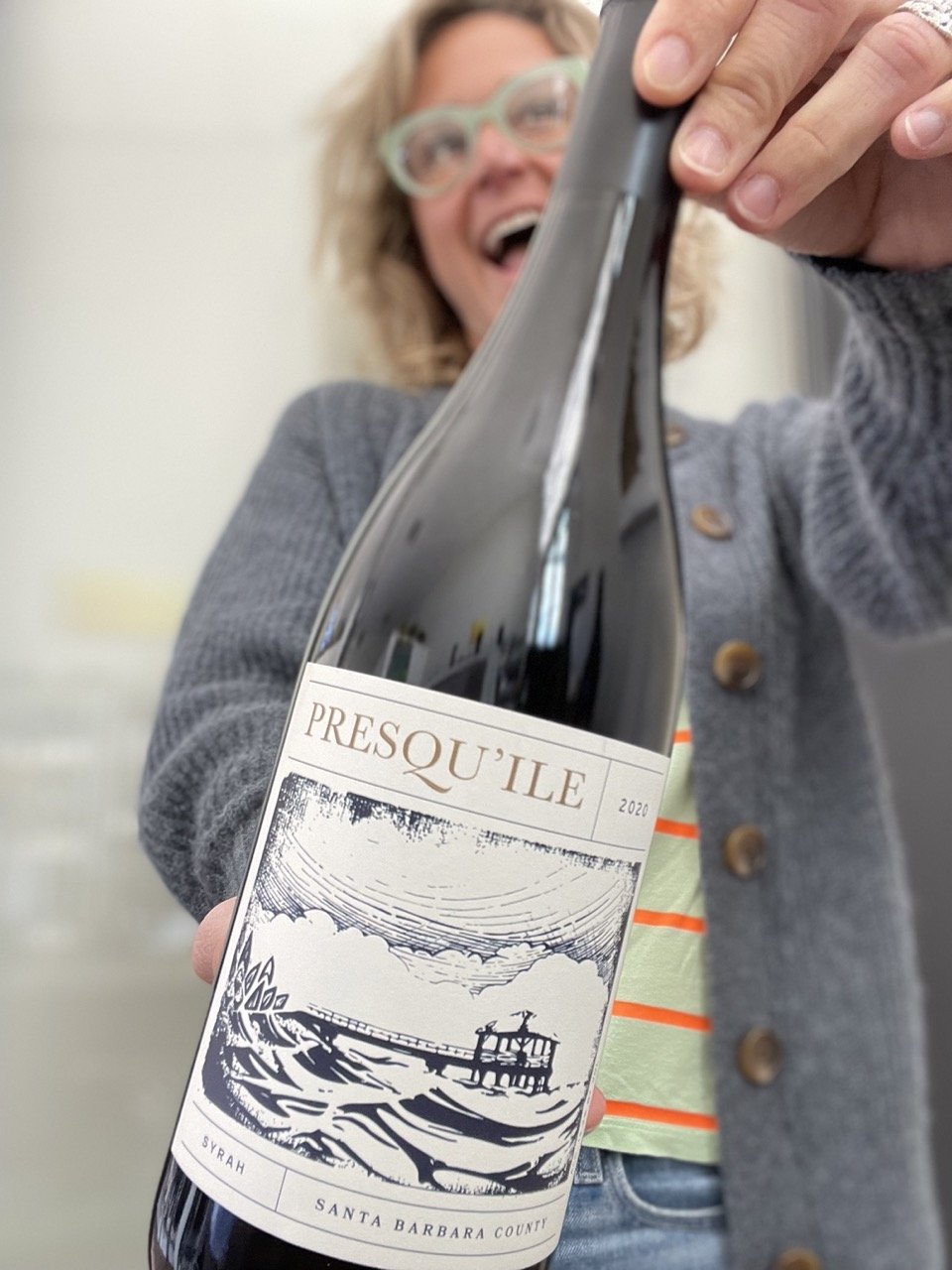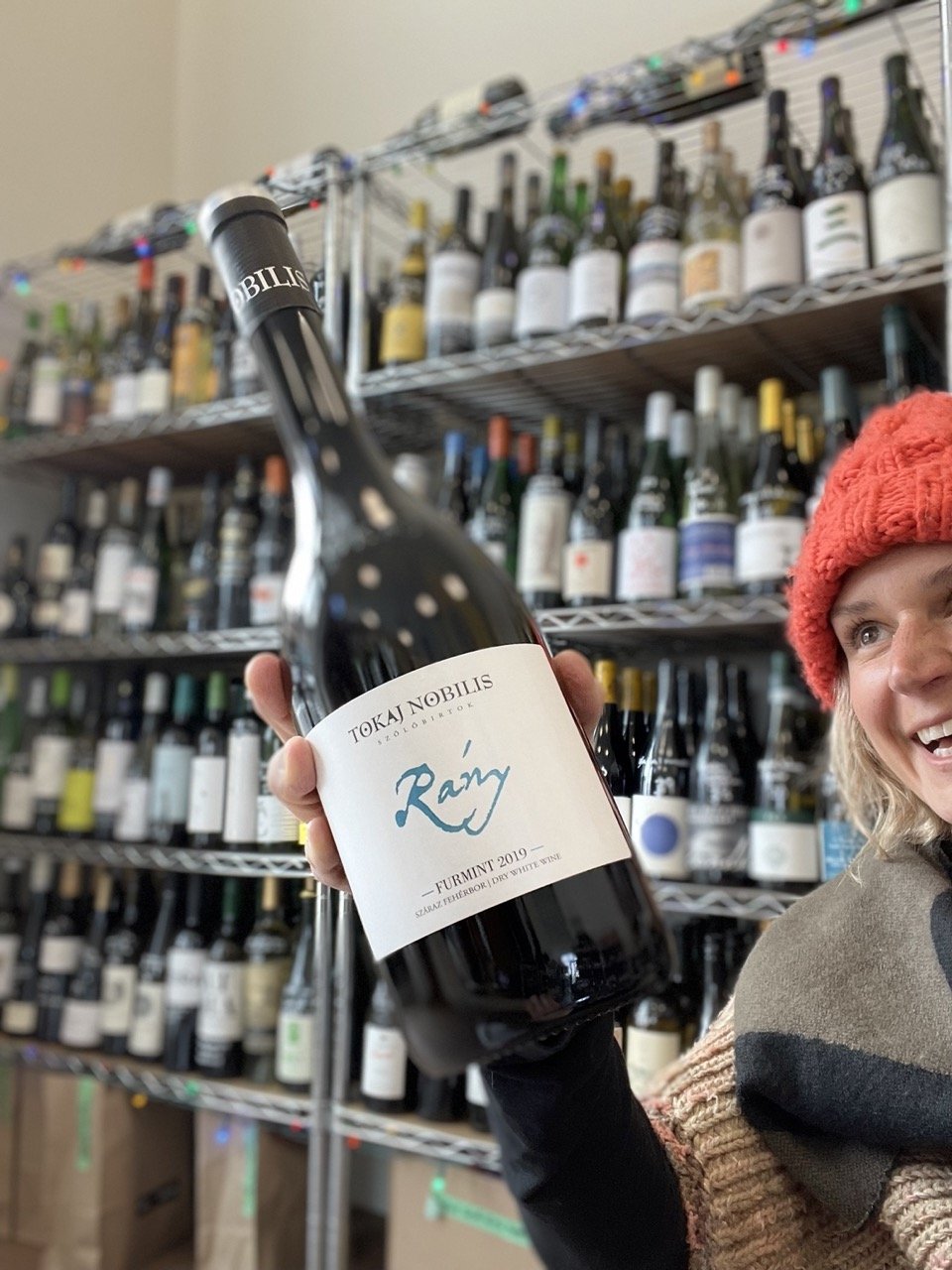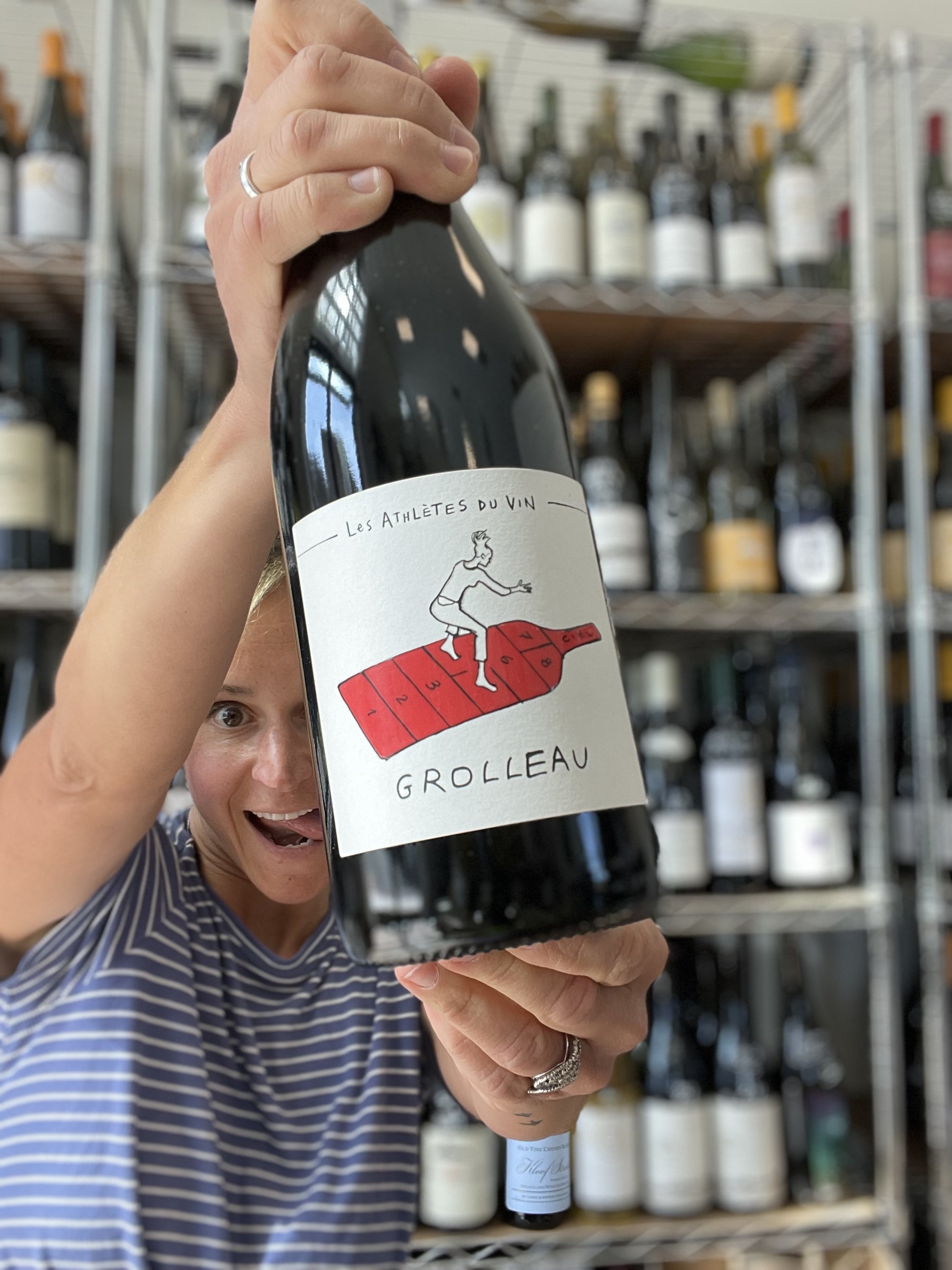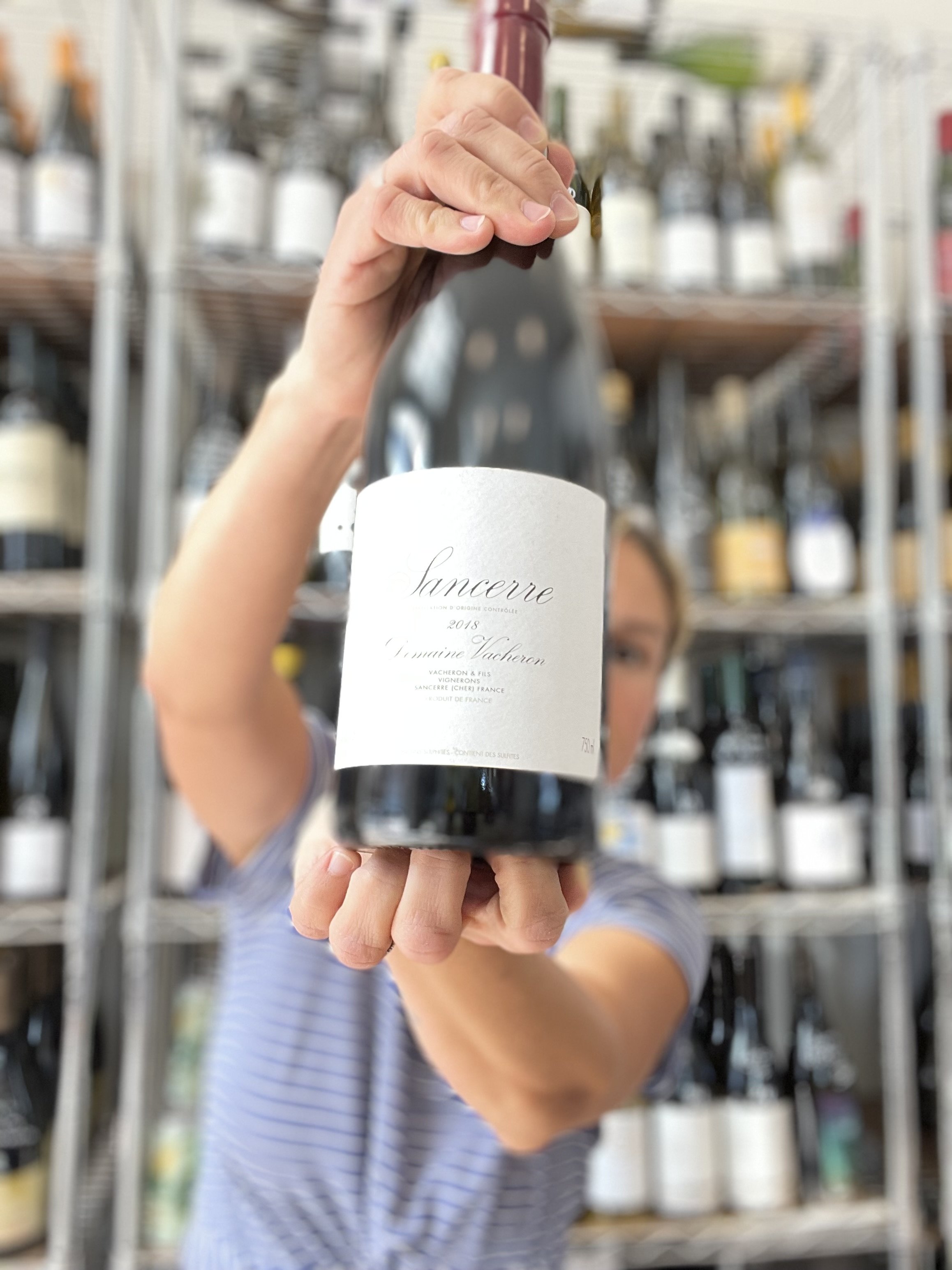fantastic voyage cave of wonders
You’re IN! Thank you so much for being a part of our Fantastic Voyage Wine Club. We’re thrilled to take you on a tour around the world of famous wine regions so you can learn while you drink. Have fun perusing our members-only content!
Want to browse your order history and re-up on some past favorites? Log in to your member account to shop:
Spring 2025
Portugal
Portugal’s wine traditions run deep under the dominant branding of Port. Port production was long managed by English merchants who would fortify the wine for the long trip by wooden galleon back to England. The higher alcohol would preserve the wine in transit with unfavorable storage conditions. The sweetness would stand up to the increased alcohol. The dark concentration of fruit and tannin would allow the wine to develop complex flavors as it aged.
Dry style wines would, for the most part, remain for consumption by locals and were given little consideration by broad markets until the late part of the 20th century—again, for the most part.
Though it seems for at least the last two decades we’ve been enjoying both high value and premium quality wines from Portugal. Here we have a selection of three to keep the comparison quite focused.
From the Douro Valley, Pormenor Canuco 2021 is a field blend of indigenous grapes. Think what would happen if Port was made into a dry wine—Touriga Nacional, Tinta Cao, Tinta Roriz, etc. Medium bodied with some savory fruits and round tannins. Pizza wine makes this sound casual, but the pairings with rich melted cheeses spiced sausages, mushrooms, etc. would really set this wine off.
Also from Douro, the Muxagat Tinto 2018 is made in a small barn on a family owned property. This wine is incredibly low intervention in the vineyard and in the cellar, with minimal sulfur at bottling, this wine is not trendy and lean. It’s full bodied with rich fruits and spice. Pair with rich meats and stinky cheeses or what I’m craving right now, garlic/balsamic marinated skirt steak served with gorgonzola slowly melting on top.
Dao is just to the south of the Douro. A similar style of field blend as the Douro, based on Touriga Nacional, The Dao is higher in elevation and delivers a slightly more lean and elegant style of red. From Textura Wines, the Encoberta 2018 is a field blend of Jaen, Tinta Roriz, Alfrocheiro and Touriga Nacional will show dark plum and blueberry fruit and more delicate floral aromatics. Pair with anything off the grill—especially grilled vegetables, Beef and tomato.
Winter 2024/25
South Australia
Forget everything you think you know about Australian wine: the critter labels, the mass produced bottles that sit on the bottom shelves of grocery stores, the full-throttle jammy-as-all-get-out Shiraz and nothing but Shiraz. What’s real is that Australia as a whole is in the midst of a glorious wine renaissance, and one of (if not the) most exciting areas in the country is South Australia, one of six broad Aussie “states.”
Within each state of Australia are zones, then regions, then sub-regions—each becoming smaller and more specifically geographically defined. It’s important to know that just like in the United States (and completely differently than in most of Europe), there are no grape variety or stylistic restrictions in each area, so growers and winemakers have full freedom of expression over what they plant and make… and that freedom has enabled tons of experimentation and innovation that have blossomed bright, balanced, terroir-influenced “new classics” for various regions.
In South Australia’s Adelaide super zone, which fans out from the dynamic port city/surf town of Adelaide into the foothills of the Mount Lofty Ranges, the new classics take advantage of cooling maritime influences, or altitude, or both, to bolster grapes’ acidity and temper sugar development—thereby also keeping the wines’ finished fruit profiles and alcohol levels in-check.
The most captivating modern wines include high-toned McLaren Vale Grenache from the sandy dunes off the Gulf St. Vincent, steely Clare Valley Riesling grown on slate soils often at altitude, and a floral, smoky and pepper-laced style of Barossa Shiraz that tastes nothing like blueberry pie.
wine region map of South Australia courtesy of Wine Australia
Vine Mind Riesling Clare Valley 2021
Who: Colin McBryde, beloved and irreverent man-about-town in the Clare Valley and proprietor of the esteemed Adelina wines.
What: Steely fierce, lime-scented, bone dry and unapologetically mineral Riesling, the fruit for which is sourced from Colin’s certified sustainable grower friends and neighbors throughout this rocky, slate and limestone, higher elevation region.
Where: The northernmost growing region in the state of South Australia, which would normally in the southern hemisphere mean warmer climate, except for the fact that we’re up around 400-500 meters elevation and buffeted by chilly breezes whipping in off the ocean.
Why: Because Clare Valley Riesling like this—piercing, petrol-laden and taut—sits at the polar opposite end of the spectrum from any outdated notions of Australian wines being rich, boozy, fruity or oaky.
With: oysters Kilpatrick; Chinese sausage sautéed with cabbage; rock climbing
Ochota Barrels The Green Room Grenache Mclaren Vale 2024
Who: Amber Ochota is bravely, steadfastly, phenomenally carrying on the jaunty winemaking and suck-the-marrow-from-life-loving torch that she held with her husband and best surf buddy, Taras, after his all-too-early passing in 2020.
What: Punk-rock inspired, energetically elevated and yet texturally delicate, elegant, ethereal and transparent 82-year-old certified organic Grenache that feels as salty, fresh and free-wheeling as the brilliant and beloved family who makes it.
Where: File in “weird, but true”: This is grown on red loamy clay with ironstone over deep limestone, maybe five miles from the ocean but hidden from plain site… the vineyard is tucked just behind a leafy, suburban south-Adelaide neighborhood in the McLaren Vale GI (geographical indication).
Why: Because when you consider the category of “new Australian wines” and the current list of irreverent “influencers” behind them, almost every one of them can trace a piece of their family tree back to the Ochotas, who built this community both literally and figuratively and whose spirit—not to mention transparent wine style—greatly inspired all that’s currently exciting about Aussie wine.
With: jerk chicken; street tacos; high tide
Dandelion Lionheart of the barossa Shiraz BArossa 2021
Who: Elena Brooks hails from Bulgaria, having officially gotten her start in winemaking at one of the then-communist country’s massive state-owned wineries. At age 12, she was a translator for the Australians who visited the winery, and by 16, she was making her own Chardonnay! Eventually, communism fell, and she shipped off to Adelaide to study oenology formally, falling in love with both the South Australia region and a gentleman… the two started Dandelion in the early 2000s, focused on the exact opposite style of wines that were popular there at the time.
What: Gnarly, old-vine Shiraz with edges, made with tons of intention and no intervention.
Where: The Kincora Vineyard, about an hour’s drive northeast from Adelaide into the heart of the Barossa, past a couple hundred wild kangaroos and just as many eucalyptus trees, on loamy soil over iron-rich clay.
Why: Because Dandelion is a true champion of the quintessential old vines of Barossa, and they have a deft ability to thread the needle of freshness with depth and density in their Shiraz.
With: grilled lamb chops with pomegranate molasses; borani banjan; “when I was your age” stories from the relatives
Local Recipe Pairing: Aussie Oysters KilpatricK
Ingredients:
24 fresh oysters
2 slices cooked bacon, sliced or chopped
1 Tbsp Worcestershire sauce
2 Tbsp unsalted butter
Tabasco or other hot sauce of your choosing
sea salt and freshly ground black pepper
Process:
Preheat your grill to the highest temperature.
In a small saucepan over medium heat, combine the Worcestershire sauce and butter and cook until fully melted and starting to bubble. Remove from heat.
Spoon a little of the Worcestershire sauce and butter mixture over each open-faced oyster, then top with some bacon and season lightly with Tabasco, sea salt and freshly ground black pepper, to taste.
Set oysters, shell side down, onto the grates of the grill so they don’t topple over. Grill for 2-3 minutes or until everything is hot and flavors are all melded.
Serve with a cold bottle of Clare Valley Riesling!
click to download the surfing coloring page
Fall 2024
Alsace, France
Image from and courtesy of WineTourism.com
The first thing you need to know if you’re studying Alsace is “What’s a rain shadow?”
Hey, Google…?
A rain shadow is an area of significantly reduced rainfall behind a mountainous region, on the side facing away from prevailing winds, known as its leeward side. Evaporated moisture from water bodies is carried by the prevailing onshore breezes towards the drier and hotter inland areas. (Thanks, Wikipedia.)
Alsace sits in the rain shadow of the Vosges Mountains, which protect the region from the cooler and wetter weather coming into France off the Atlantic Ocean. This makes Alsace—despite its northerly location in France—one of the country’s warmest and driest wine-growing regions. And THAT makes the wines of Alsace some of the most exotically scented, heady and yummy-voluptuous wines coming out of this fine country. (Remember that warm weather = more ripeness = more ripe aromatics and higher sugar in the juice, which ferments into higher alcohol and riper aromatics in the wines.)
The second thing you need to know about Alsace is that it forms the French border with Germany’s Pfalz region. While present-day politics deem this area “French,” in practice, the people and customs and culture are arguably more Germanic. And: What’s a border anyway? Historically, this specific spot of land (or terroir if you’re wine-speaking) has been batted back and forth between Germany (or the Austro-Hungarian Empire) and France so many times that we wonder whether current political designations even matter. When it comes to the wine, in fact, they don’t; the varieties and style of Alsatian wine indeed feel a bit more familiar to what we’d consider “Germanic” today. But who cares when they’re this delicious?
Alsace wine labels name grape variety (as opposed to traditional French labeling, which names place or appellation of origin in preference to grape)—usually the likes of Riesling, Gewürztraminer, Pinot Gris and Muscat, which are known as the four “noble” varieties of Alsace. Pinot Noir, too, is gaining traction. In Alsace, each of these grapes is commonly fermented into a fully dry (no residual sugar/end-game sweetness) wine, although some everrrr-so-slightly off-dry (teensy bit ‘o sweetness) wines also exist, and local-special VT and SGN-labeled wines also elicit their own ardent followings.
Vendage Tardive translates to “late harvest” and are sweet wines made from grapes that were… harvested late… when their sugars were very high. Sélection de Grains Nobles are very sweet dessert wines made from grapes harvested SUPER late or affected by botrytis, such that they showcase rich, honeyed, exotic flavors and palate density.
Finally, the region is beloved for its aromatic and finely moussed Crémants d’Alsace—sparkling wines made in the traditional method.
While the wines of Alsace may get less overall “play” than those from other French regions like Bordeaux, the Loire, Burgundy or the Rhône, these are among the most food-friendly and crowd-pleasing wines in all of Europe (maybe the world). A coincidence that Alsace boasts one of the highest concentrations of Michelin-star-rated restaurants in all of Europe? We think not. Get cooking (or order some take-out) and Pop. Those. Bottles!
Melanie Pfister Lenz Gewurztraminer 2020
Who: Ms. Mélanie Pfister is the eighth generation Pfister in charge. She formally took over the family estate from her father in 2006, and prior to that, as her importer explains, “Mélanie did internships at the following estates: Zind-Humbrecht (Alsace), Méo-Camuzet (Burgundy), Château Cheval Blanc (Saint Emilion), Château d’Yquem (Sauternes) and Craggy Range (New Zealand). It’s worth considering that most aspiring winemakers would take it as a fine feather in the cap to be accepted into any one of those training programs, and Mélanie got into all of them.”
What: Biodynamically farmed, stainless-steel-fermented and aged Gewurztraminer that captures all the variety’s perfume but none of its cloying stickiness thanks to bottling with a minimal level of residual sugar.
Where: We’re in a limestone-marbled vineyard named Lenzerstuecker in the Bas Rhine here. It’s a bit confusing, but the Bas Rhine is the northern section of Alsace (bas means lower, whereas haut—as in Haut Rhine—means higher… though here the bas is north and the haut is south, since the Rhine River flows north to the Baltic). The Vosges mountains aren’t as tall or as protective in these parts, so the climate is cooler and the wines are more taught.
Why: Because haters gonna hate, and there’s a lot of Gewurztraminer haters. They only talk smack because they haven’t tried Mélanie’s dry and fierce Gewurz, which makes a compelling case for why the variety deserves more love (and a piece of stinky cheese to pair with it).
With: authentic Munster (not the sliced sandwich variety!); Massaman curry; rose garden wanders at dusk
Weinbach Riesling Alsace 2022
Who: The Faller family, and specifically Catherine Faller along with her sons, Eddy and Théo, is the current steward of this dramatically historic estate that was started by Capuchin monks in 1612. It was eventually sold off as a national property during the French Revolution, then was acquired by the Fallers in 1898. The founding monks named it Domaine Weinbach after the little stream that runs through the property.
What: Hand-picked, certified biodynamic, fully DRY Riesling grown on pebbles and sand—an ancient river bed—that sends out lightning bolts of exotic fragrance and reverberates with structure like long, rolling thunder.
Where: The valley of Kaysersberg, also known as the heart of Alsace, home of eight villages boasting medieval castles and the official Route des Vins d’Alsace.
Why: Because Weinbach is a veritable Alsace A-lister according to any and every wine pro and sommelier. These are wines that soar with aromatics and cut with minerality and acidity at the same time, and they are practically guaranteed to make a Riesling lover out of any skeptic.
With: flammekueche; Imperial rolls; thunderstorms
Paul Blanck Pinot Noir Alsace 2021
Who: Cousins Frédéric and Philippe Blanck, with a family lineage at this estate tracing back to the 17th century. Philippe is the gregarious impresario; Frédéric the quiet artist; the former runs the estate while the latter makes the wines, together offering inimitable hospitality and wholly compelling wine.
What: Finely etched Pinot Noir with purpose and poise that could easily be mistaken for red Burgundy… if not for its much lower price.
Where: The village of Kientzheim is also in the midsection of Alsace; it is surrounded by medieval ramparts, beneath which it’s rich with Pinot Noir’s favorite and most historic soil type: chalky limestone and clay.
Why: Because Pinot Noir isn’t going anywhere, and more—not less—people are falling in love with and seeking out the variety. That means the wines are getting more and more expensive, and so looking to lesser known regions (i.e. not Burgundy, not California, not Oregon or New Zealand) is a good bet for great quality. Alsace is climatically so well suited to the variety that it can turn out beautifully ripe yet phenomenally precise versions, and Paul Blanck’s is a benchmark.
With: Peking duck; mushroom biscuits and gravy; pillow forts
Alsace coloring page from JustColor.net
Local Recipe pairing: Flammekueche
Ingredients:
2 cups all-purpose flour
3 tablespoons oil
1 teaspoon kosher salt
2/3 cup room temperature water, divided
1 medium yellow onion, sliced thinly
4 ounces bacon, chopped or sliced thinly (or sub mushrooms)
1/2 cup crème fraîche
1/2 cup gruyère cheese
1/2 teaspoon kosher salt
Black pepper
Nutmeg
Process:
Place the flour, oil, and salt in a large bowl and stir to combine. Using a fork or dough whisk, slowly stir in 1/2 cup of the water. Continue adding drops of water until the mixture forms a shaggy dough. (You might not need all the water.) Turn the dough out onto a clean, floured work surface along with any loose flour in the bowl. Knead until all the flour is incorporated and the dough loses its stickiness and becomes smooth and elastic, about 1 minute. Cover the dough loosely with plastic wrap or a clean kitchen towel while preparing the toppings.
Arrange a rack in the middle of the oven and heat to 500ºF. Line a baking sheet with parchment paper.
Combine crème fraîche, salt, pepper, and a tiny sprinkle of nutmeg in a small bowl. Taste and season with more salt, pepper, or nutmeg as needed; set aside.
Roll the dough out on a floured work surface into an oval measuring about 10 inches wide by 16 inches long. Transfer the dough to the parchment-lined baking sheet.
Spread the creamy mixture evenly over the dough, leaving a 1/2-inch border. Sprinkle with the onions, followed by the bacon or mushrooms, then the cheese.
Bake until the tart is well-browned, the bacon fat has started to render and sizzle, and the tart's edges have turned golden and crisp, about 20 minutes. Remove to a cutting board, slice into squares, and serve immediately with a bottle of wine from Alsace!
Summer 2024
Veneto, Italy
Map from and with thanks to WineTourism.com
Fun fact: The Veneto region of northeastern Italy produces more wine than any other region in the country! Sad fact: That also means that a lot of Venetian wine is… er… welllll… not all that interesting or thoughtfully made. Sorry to say so. But! We’re not here to talk about the gondola-loads of cheap Pinot Grigio; we’re here to highlight the damn-if-I-don’t-want-to-drink-it-everyday likes of great Soave, Valpolicella, and Prosecco—the wines that originally put this place on the map and spawned so very many diluted imitators.
To settle us into this place, remember that we’re broadly hemmed in by the Adriatic and the city of Venice to our southeast, the Alps and Dolomites to our north, and picturesque Lake Garda to the west. The fact that so many tourists flock to this overall neck of the woods may explain why so very much wine is made here. Our focus however, is on the cohorts of extremely thoughtful (and quintessentially prideful!) Italian winemakers who have reestablished their classico zones, restricting areas of production and permitted varieties while insisting on more thoughtful farming to bring back up the reputation of their fine towns.
The Veneto is home to a prolific range of wine styles and DOCs and DOCGs (denominazione di origine controllata / e garantita), but the most well known include frothy-fresh sparkling Prosecco; crispy-mineral white Soave; and the range of reds from Valpolicella, including its straight-up fresh red, its fully raisinated ad prestigious Amarone, and its Ripasso. To make the straight Valpolicella, just ferment a combination of red grapes Rondinella, Molinara and Corvina. To make Amarone, let those grapes dry and turn into raisins, then press the reduced amount of remaining juice, and ferment into a heady, seductively layered, sometimes ever-so-slightly off-dry but always impressive red. And to make Ripasso, re-pass some of the fresh red wine through the leftover dried skins of the Amarone, so the wine gleans a bit of extra texture and spicy/floral/dried fruit flavor while also capturing bright, red cherry vibes. Because of the long and involved process for Amarone, expect to pay double to triple (or more!) than you would for a regular Valpolicella.
Sorelle Bronca Prosecco di Valdobbiadene Extra Dry NV
Who: The actual sorelle Bronca (the Bronca sisters), Antonella and Ersiliana, doing everything from farming through production by their own four hands.
What: Ultra-classic, just ever so slightly off-dry sparkling Prosecco made in the Charmat method, wherein secondary fermentation is instigated in a large, pressurized stainless steel tank to create the signature bubbles. Because the wine spends no extra time aging on its spent yeast cells after this second fermentation (as there would be in, say, Champagne), great Prosecco like this is hyper-fresh, peachy/pear-y fruit-forward and festively frothy, ready to whet your appetite for brunch time biscuits or dinnertime fritto misto.
Where: On the steep hillsides in the heart of the most traditional Valdobbiadene subzone. As Prosecco as a whole became rather sadly synonymous with “cheap Italian sparkling,” top producers like Sorelle Bronca petitioned for the formation of an official and much more tightly regulated denominazione di origine controllata e garantita (DOCG) called Conegliano Valdobbiadene Prosecco, which came online with the 2009 vintage.
Why: Because anyone who loves bubbles or breakfast or lunch or dinner or snack time or aperitivo hour deserves to know the simple joy of brilliantly aromatic Prosecco, and the Bronca sisters’ version has been our go-to for nearly a decade.
With: fresh-squeezed OJ; fritto misto; sibling rivalry
Dama del Rovere Bortolo VV Soave Classico 2018
Who: Davide and Massimo (Get it? Dama del Rovere?) Pra are essentially “Soave royalty” in this part of the world, owning some of the highest altitude vineyards as well as some of the oldest vines in the entire DOC. Dama also means “lady” and is a tribute to a carving of the Madonna on a rovere (oak tree) in their vineyard.
What: Supple, textured, fierce, archetypal almond- and lemon-scented Soave Classico from Garganega grapes growing on 100-year-old pergola-trained vines at over 1,500 feet elevation on the slopes of the ancient Monte Calvarina volcano.
Where: Like the aforementioned Bronca sisters, the Pra brothers are situated up in the northern, historic and classico heart of the Soave area. The altitude and volcanic soil structure combine to imbue the wines with way more nuance and intrigue than those grown down on the flat and fertile valley floor.
Why: Because there’s a reason so much so-so Soave started getting made… they were all trying to be great, like this, but cut too many corners. This is the epitome of great Italian everyday wine, chock full of minerality, acidity, depth and texture with freshness.
With: risi e bisi; lobster boils; vistas
Corte Sant'Alda Ca' Fiui Valpolicella 2022
Who: The charming and thoughtful-AF Marinella Camerani, who is always focused on trying to achieve better balance, giving herself grace and flexibility to constantly evolve both herself and her wines. She says things like: “We are women and so we are curious, even when we are working. The will to know, learn, try, is like feeling hungry. In certain moments the hunger grabs you, and you have to satisfy it! And we try, try…”
What: Precise and candy-cherry-red Valpolicella proper (not Ripasso or Amarone), mouth-filling and succulent yet not blown out or souped up, just right, carefully composed of the DOC’s permitted native grapes—all grown organically or biodynamically—Corvina Grossa, Corvina Veronese, Rondinella, Molinara plus a skosh of Croatina and Rossara.
Where: Marinella’s home property is called Corte Sant’Alda—”a wine cellar, a home, my family home.” Ca’ Fiui is the sunny, hillside area here within the Valpolicella-demarcated zone in which you’ll find Corte Sant’Alda, and the fruit comes from four named vineyards: Tomasotti, Bianchini, Rossetti and Cavallero.
Why: Because while so much of Valpolicella’s production caught onto the peak 1990s Amarone and Ripasso hype, becoming all about “more is more,” with the wines veering into sticky, syrupy concoctions, and even the “regular” Valpolicellas becoming bigger and riper and rounder, Corte Sant’Alda has remained a standard-bearer of the traditionalists. True to form, this wine has all the upright structure, crunchy red fruit and wisps of sun-baked herbs that made Valpolicella worth any attention in the first place (and, ahem, if you love old-school red Burgundy, this is extra worth your attention).
With: pasta e fagioli, turkey jerky and trail mix, when the hunger to learn and try grabs you
Local Recipe Pairing: Risi e Bisi
Ingredients
1 tbsp extra virgin olive oil
2 medium leeks, white and light green parts only, cleaned well and sliced thinly into semi-circles
1 medium onion, diced
2 cloves garlic, minced
1 cup Vialone Nano, Carnaroli or Arborio rice
2 cups freshly shucked peas (sure, you could also use frozen)
1/4 cup white wine
6 cups chicken or vegetable stock, warmed (for bonus points, simmer the pods of your shucked peas with the discarded bits of leeks and the rind of your Parmesan to make your stock!)
1 tsp salt
4 tbsp butter
freshly ground black pepper
fresh parsley to garnish
Parmesan, grated
Process
In a large saucepan over medium heat, sauté the leeks and onions in olive oil for about five minutes, until they become translucent. Add the garlic and continue to cook for another two to three minutes.
Stir in the rice. Let it cook for two minutes, stirring frequently, then add the peas.
Add the wine and cook, briefly, until most of it has evaporated.
Add one cup of stock and the salt, bring to a simmer, and stir frequently. When the stock is mostly absorbed, add another cup of broth and repeat the same process until you’ve used almost all your stock. Cook until the rice is al dente, adding enough broth in your last dousing to keep it a bit soupy but not too loose. It will firm up a bit as it cools. In total, the rice should be cooked about 20-25 minutes.
Remove from the heat, add the butter and black pepper and a generous amount of grated Parmesan. Stir well. Taste and adjust seasoning, add some more Parmesan just because, plus your fancy-looking parsley, and serve.
Pair with any Veneto wine!
Spring 2024
Galicia, Spain
Galicia wine map from Vineyards.com
Ahhhh, green Spain. What a breath of literal fresh air—coming in cool and clean off the Atlantic here—after lounging in the much warmer, drier rest of Spain. This area is all about surfing and hiking, the landscape as you move inland from the ocean littered with low-lying rías (estuaries) eventually turning into meandering, granite-boulder-studded rivers and their verdant banks, finally working their way up into the Cantabrian Mountains. Because of the cooling Atlantic influence, the wines from Galician DOs Rías Baixas, Ribeiro, Ribeira Sacra, Valdeorras and Bierzo (listed from west to east) are Spain’s freshest and brightest—and, today, arguably the most in vogue. Vines are typically trellised onto pergolas, such that their canopies are lifted to a height one can walk under, preventing mildew that would settle on the grapes given the area’s frequent misty mornings.
Thicker-skinned and mildew-resistant Albariño is by far the most popular white grape—especially from Rías Baixas—though Godello from Valdeorras is quickly gaining an ardent following, while local red variety Mencia— particularly from Ribeira Sacra—has become many sommeliers’ and wine-lovers’ go-to Spanish red.
La Caña Navia Albariño Rías Baixas 2021
Who: Jorge Ordoñez, a the Spanish wine importer of note. He was the first quality-minded, small-production-focused importer of Spanish wines into the United States, and he was integral in turning the tide toward family wine estates in Spain. Always the champion of historic DOs (denominaciones de origen), old vines, native varieties, and highly responsible and planet- and people-forward viticulture, Jorge also invested in vineyards and properties that would have otherwise been lost; as a result he is now the owner of five estates throughout Spain, including Bodegas La Caña, which he named for the reeds or canes that line the shores of Rías Baixas and that often divide the sea from the vines.
What: Dense, powerful, age-worthy, chestnut-barrel fermented and long-lees-aged Albariño, paying homage to that style of the grape which was traditionally found in this area before massive commercialization became rampant. It is also emblematic of what Albariño can (and should??) be: succulent and lip-smacking in its ripe citrus and tropical fruit, all sprinkled with sea salt and the slightest whiff of lilies.
Where: A 20-second skinny-dip sprint from the ocean, in the sandy granite soil of the Val do Salnés subzone of Rías Baixas, where the Atlantic influence is the most intense and the winemaking is the most traditional and old-school, the vines all lifted up overhead on granite posts. Jorge likes to point out that we’re at the same latitude here as New England, and sharing the same ultimate Atlantic Ocean.
Why: Because Jorge was literally the first person to bring Albariño into the United States (he loves to regale clients with the story of how New Yorkers in the 90s all rejected his cherished Albariño offerings), and he’s the most tuned into the traditions of the small family winemakers of Rías Baixas, and he’s channeled all of that spirit and savvy into his La Caña label. This is the opposite of any simplistic, mass-produced, cheap-and-cheerful Albariño, and it shows off the bright promise we know this region’s wines have.
With: lobster rolls; fregola sarda with spring herbs, lemon and capers; pioneering
Rafael Palacios Godello Louro do Bolo Valdeorras 2022
Who: Rafael Palacios is the Valdeorras champion of Godello, with a Burgundian-like dedication to site-specificity and terroir expression for this underrated yet ascendant Galician variety. He made wine for prestigious label Valdesil, itself a champion of single-vineyard Godellos, for a decade before cobbling together his own micro-portfolio of all high-elevation, steep and terraced, granite-rock-based plots that he now farms organically and biodynamically.
What: Godello with precision and clarity, dipping its toes into the exotic, tropical and floral notes the variety often showcases—but also sinewy with minerality and a razor-thin edge of acidity.
Where: Rafael makes this “Louro do Bolo” with fruit from his younger vines across multiple sortes (Galician for “parcels”), but they’re all up around 700 meters’ elevation on the western edge of Valdeorras, near the town of O Bolo, where there’s more cooling Atlantic influence (resulting in leaner fruit and brighter acidity in the wines).
Why: Because if Godello comes even close to witnessing the meteoric rise that Albariño did, you deserve to get in on the ground level, and Rafael Palacios’s versions are the absolute gold-star students of this “valley of gold.”
With: gambas al ajillo with saffron aioli; pineapple pork adobo; rock climbing
Saíñas Mencía Granito Rosa Ribeira Sacra 2020
Who: The soulful and whimsical once-upon-a-time globetrotting graphic designer Pablo Soldavini is representative of the post-Green Revolution pilgrimage: younger generations returning to their grandparents’ European homelands, seeking to revitalize historic agricultural and viticultural traditions that are better for our planet and people.
What: Spicy-herbal, granite-flecked, high-toned and taut Mencía.
Where: Near the castle of the medieval town of Castro Caldelas, on the southwestern banks of the Río Edo on those classically steep, terraced Ribeira Sacra granite slopes, scattered with old vineyards that Pablo has piecemealed into an estate that he farms organically.
Why: Because in a country full of big, bold, sun-ripened and rich reds, the nearly forgotten Mencía in Ribeira Sacra stands out for its lift and freshness, and in a very exciting section of land just starting to garner global attention, progressivce standouts like Pablo are lighting the path forward for a more delicious and sustainable future.
With: chicken and chorizo stew; smoky spiced almonds; the Farmers’ Almanac
Local Recipe Pairing: Gambas con aioli
Ingredients:
3 tablespoons lemon juice
1/4 teaspoon saffron threads
3 garlic cloves, chopped
1 1/2 teaspoons kosher salt, divided
1 teaspoon Dijon mustard
3 large egg yolks
1 1/3 cups canola oil
2/3 cup extra-virgin olive oil
1 cup dry white wine
2 pounds shell-on raw large shrimp
1/2 teaspoon ground piment d’Espelette
Process:
Combine lemon juice and saffron in a small bowl. Let stand 15 minutes. Using flat side of a knife, mash garlic to a paste with 1/2 teaspoon salt on a cutting board. Place lemon juice mixture, garlic paste, remaining 1 teaspoon salt, Dijon, and egg yolks in the bowl of a food processor. With machine running, slowly drizzle canola oil and olive oil, alternating with splashes of cold water, into food processor until all oil is added. Spoon aïoli into a bowl and chill until ready to serve.
Add wine to a large pot of boiling water and salt heavily (it should taste like sea water). Add shrimp and cook until just opaque, 3 to 4 minutes. Remove with a mesh skimmer and rinse shrimp under cold water.
Peel shrimp, leaving tail intact. Sprinkle aioli with piment d’Espelette and place bowl of aioli in the center of a large platter. Arrange shrimp on the platter and serve with Galician Godello or Albariño—or, ideally, both.
Winter 2023
Langhe (Piedmont), Italy
Piedmont literally translates to “foot of the mountain,” and that’s exactly where we find ourselves when we enter the long strip of rolling hillside vineyards that make up the Langhe sub-region of Piemonte, Italy. We’re framed in by the rivers Tanaro and Bormida di Spigno, lending all those once-upon-a-time broader bodies of water’s sedimentary soils—especially limestone-rich marl and sandstone. To boot, the rivers’ presence plus the juxtaposition of overall continental-meets-maritime climate create a signature fog, la nebbia, that rolls through the region and settles into the vineyards most early mornings. This fog extends the growing season of the Langhe, contributing to a long, slow ripening process for the grapes, which amps up their aromatics as well as their sugar (contributing to a higher final alcohol) while allowing them to maintain their brisk acidity.
Anytime we’re talking (or drinking) Italian wines, it’s important to recognize the fierce local pride every Italian boasts: They’re adamant that their local products and practices are the very best, and in food and wine contexts, they’re quick to denominate those specific attributes via their Denominazioni di Origine Controllata—their DOCs and DOCGs (e garantita), or controlled (and often guaranteed) areas of origin system. This means that Piedmont as a whole is not only known for its very special and local truffles and hazelnuts, gorgonzola and robiola cheeses, and agnolotti and tajarin pastas… it also has a whopping 41 wine DOCs (more than any other region in Italy) and an impressive albeit daunting19 DOCGs, each very explicitly outlining not only which grapes may be grown but also how they must be planted, picked, vinified and aged. The Langhe DOC itself basically hugs/overlaps several more specific DOCGs, allowing producers with vineyards there to follow various stricter DOCG requirements or “declassify” their fruit and label their wines with a more “basic” catchall Langhe DOC.
To begin a thorough study of the Langhe, one must start with the three best-known red varieties: Nebbiolo, Barbera and Dolcetto, all of them perfectly primed for a winter exploration via the table… hopefully laden with all the aforementioned classic fare.
La Ca’Növa Barbaresco 2020
Who: The unapologetically old-school, no-fuss-no-muss Rocca brothers, who split their time between highly involved vineyard and minimal intervention cellar work conducted entirely by their hands only.
What: Nebbiolo, in all its potpourri-perfumed, wintergreen and smoky-roses glory. In comparison to the next-door DOCG of Barolo, Barbaresco in this most classic form showcases perhaps more up-front red fruit, plus profound delicacy and elegance even while its acidity and tannins remain prominent and proud… just begging for a buttery mushroom pasta situation.
Where: A stone’s throw northeast of the town of Alba, the vineyards of Barbaresco peer over the banks of the River Tanaro. Specifically, La Ca’Növa’s parcels are in the primo south- and southeast-facing sites of Montestefano and Montefico—before the Roccas made their own wine, they sold this fruit to the Barbaresco behemoth and most prestigious critical darling, Angelo Gaja.
Why: Because this is basically the benchmark for unadulterated, traditional Barbaresco; it’s a bottle that requires patience and a suitable food pairing but not (shockingly, given the recent trajectory of this DOCG and these collectors-item wines) a wild budget.
With: tajarin al tartufo; hazelnut gnocchi with gorgonzola cream sauce; winter solstice
Nada Dolcetto d’Alba 2021
Who: Humble and dedicated Giuseppe and Nella Nada work their certified organic vineyards, while their daughter Barbara manages the paperwork and admin, and their son Enrico tends to the cellar and wines.
What: Pure, dark, vibrant and fresh Dolcetto from the commune of Alba. While it’s always mentioned that Dolcetto translates to “little sweet one,” it’s also always followed by the observation that these wines are not exactly little, nor remotely sweet. This is one of the most classic versions we’ve come across, positively dry and yummy with plump black cherries and balsamic notes helmed by delicate tannins and brisk acidity.
Where: South of Barbaresco, higher up on hillsides that can be too cool to ripen Nebbiolo, sit the town and vineyards of Treiso, where Dolcetto typically plays first fiddle. Nada’s Dolcetto comes from a much-respected parcel called Marcarini up near 350 meters.
Why: Because, especially this time of year, everyone wants (needs?!) a thoughtfully made, workhorse weeknight red that over-delivers with almost any food you can fling at it, that you can buy and enjoy again and again and again and not get tired of it. Leave it to an old Piemontese family like the Nadas to figure that out and deliver it here to us.
With: taco night; pizza delivery; sledding
Ronchi di Giancarlo Rocca Terlé Barbera d’Alba 2019
Who: Giancarlo Rocca and his family, who have lived, tended vines, and made wine in this same spot for four generations.
What: Lip-smacking, thrilling and silky red-plummy Barbera that punches above its weight thanks to having been raised in a combination of used French oak barrels and the house’s traditional, large, old Slavonian oak botti.
Where: As Giancarlo likes to explain, he can walk from his breakfast nook to his vineyards in less than a minute. Both are in the Ronchi “cru” roughly one kilometer southeast of the town center of Barbaresco or about five kilometers northwest of the town of Alba.
Why: Because we should all take a cue from the Barbaresco winemakers themselves, who save their Nebbiolos to drink for special occasions and dip into their Barberas for everyday enjoyment. And because terlé in local dialect means “emotionally thrilled” or immensely moved by joyful events, which is how we feel when we open this bottle.
With: spaghetti and meatballs; shakshuka; joy
Fall 2023
Maps courtesy of vineyards.com
Côte d’Or (Burgundy), France
This Fantastic Voyage, we’re continuing our Big Burgundy Exploration, picking up from our Summer Quarter’s journey up north and touring south into the beating golden heart of Bourgogne: the Côte d’Or. Literally translated, this is the Slope of Gold, where vaunted hillside vineyards stare perfectly southeast, catching and basking in the warm golden rays of morning-into-early-afternoon sunshine. The combination of exposure and clay-limestone soil plus this juuuuust right latitude (47.5°N!) ripens Pinot Noir and Chardonnay grapes to pure perfection, inspiring countless attempts at imitation around the globe.
When people who love wine talk about Burgundy, they’re typically talking about this 31-mile-long Côte d’Or tenderloin, which is further broken up into the northern Côte de Nuits sub-region and the southern Côte de Beaune. But that’s just the beginning; appellations of origin (AOPs) are often name-dropped on labels by specific village (i.e. Gevrey-Chambertin, Aloxe-Corton, Puligny-Montrachet) within the sub-regions, and even specific lieux dits (named vineyards) or Premier or Grand Cru vineyards can be exclusively listed on labels. It goes like this from most general to most specific:
Region (Bourgogne) > Sub-Region (Côte d’Or) > Sub-Sub-Region (e.g. Côte de Nuits) > Village (e.g. Gevrey-Chambertin) > Vineyard (e.g. Chambertin-Clos de Bèze)
Supply and demand has dictated that many Côte d’Or bottlings have gotten prohibitively expensive for all but truly special occasions, but looking to great producers’ “lower tier” bottlings (i.e. a regional designation rather than vineyard-specific wine) is the insider route to affordable greatness—and that’s exactly what we’ve done here.
Thibault Liger-Belair Bourgogne AligotÉ Clos Des PerriÈres La Combe 2018
Who: Thibault Liger-Belair literally descended from Burgundy royalty and inherited a pile of pretttty prestigious Côte d’Or vineyards in 2001, when he left behind his tech and communications job to tend his family’s vines (all certified organic) and make wine himself.
What: The “other white wine” of Burgundy, Aligoté got a bad wrap as a subpar variety to Chardonnay for way too long, thought to be thin and shrill with its acidity, incapable of complexity or nuance. And yet… we dare you to say such things to this puppy.
Where: In the village of Nuits-Saint-Georges (Côte de Nuits), right up against the old perrière (French for “quarry”), Liger-Belair planted Aligoté in 1978 (that’s 45-year-old vines!). The old vines generate less—but much more concentrated, complex—fruit, and the shallow limestone plot faces due south, capitalizing on full days of sunshine to ripen the grapes to an uncommon density and succulence for this “humble” variety.
Why: Because as prices of true Côte d’Or Bourgogne Blanc (Chard) have soared, consumers have discovered that icon producers’ Aligotés (like that of Liger-Belair!) can deliver the same undeniable terroir signature—stern, limestone minerality plus citrus curd-imbued acidity and smoke notes—at a fraction of the price.
With: charred black cod over grits with tomato coulis; Brillat-Savarin cheese; wine nerds
Thibault Liger-Belair Bourgogne Aligoté Clos Des Perrières La Combe 2018
Camus Bruchon Savigny-les-Beaune Blanc 2020
Who: Guillaume Camus is a vigneron through and through, spending the majority of his time in the vines his grandmother first bought in the 1950s. His approach is what’s locally acknowledged as lutte raisonnée: the “reasoned struggle,” meaning he farms sustainably, by hand, avoiding chemicals whenever possible, without subscribing to a dogmatic certification, learning and adapting as he goes based on what the vines tell him they need.
What: Old-school, very cool-climate, sleek, mineral-grounded Chardonnay. No nonsense, and none of those “new world” tropical or buttery or toasted oaky notes.
Where: The village of Savigny-les-Beaune stares up at the most lauded site for Chardonnay in the world, the hill of Corton… and the grandest Grand Cru of them all, Corton-Charlemagne.
Why: Because this fruit is not grown on said hillside, but rather around 2,000 feet just west of it—and still on the same chalky clay-limestone soil—wines from it sneak into the market at a minuscule fraction of the price.
With: poulet a la crème et aux champignons; Dungeness crab dipped in butter; Monday Night Football
Camus Bruchon Savigny-les-Beaune Blanc 2020
Agnès Paquet Les Craquamots Bourgogne Rouge 2021
Who: Agnès Paquet is another lucky inheritance duck, taking over her family’s vineyard when she was just 20 years old in order to keep them from selling the land. Fun common thread with her and the aforementioned estate (Liger-Belair), Agnès also had her first vintage in 2001, fully teaching herself everything along the way, including converting to organic viticulture and reducing her intervention in the winery significantly.
What: Pure, un-fussed-with Pinot Noir showcasing all the precision, firm mineral outline, and crunchy red fruit coloring in the lines that this area can boast.
Where: A little parcel of vines called “Les Craquamots” in the Côte de Beaune’s village of Pommard, which is known for its sturdy, velvety Pinot Noirs. While many lieux dits (named vineyard sites) in Burgundy are named for their character or a local reference, it’s unclear what craquamot refers to, but we hope it’s a play on craquant, which means “crunchy and irresistible.”
Why: Because everyone deserves an accessible, reference-point introduction to the Pinot Noirs that inspired global mimicry. And in a sea of ho-hum suitors, Agnès’s over-delivers with great production integrity to boot.
With: five spice duck breast; wild mushroom shoyu ramen; watching the leaves turn
Agnès Paquet Les Craquamots Bourgogne Rouge 2021
Local Recipe Pairing: Poulet à la crème et aux champignons (chicken in cream with mushrooms)
Ingredients:
1 whole chicken, carved into eight pieces
Salt
Freshly ground black pepper
Flour
6 Tbsp butter
2 Tbsp neutral oil
1 cup dry white wine
1 medium onion, minced
1 stalk celery, minced
1 carrot, minced
3 sprigs thyme
1/2 pound of mixed wild mushrooms, sliced
4 oz morels, if you can!
1 cup heavy cream
Process:
Season the chicken liberally with salt, pepper, and flour.
Melt 3 tablespoons of butter and the oil in a Dutch oven over medium heat. Add the chicken pieces and let brown on all sides, turning once or twice. You want a nice, deep golden sear on all sides.
Remove the chicken to a plate, then add the onion, celery, carrot and thyme to the same pan, with another sprinkle of salt. Stir frequently, letting the vegetables slightly soften.
Meanwhile, in a sauté pan over medium heat, melt the remainder of the butter, then add the mushrooms, stirring occasionally until they are tender, about five minutes.
Preheat the oven to 350°F.
Deglaze the Dutch oven with wine, then add the mushrooms, then add the chicken back in and cover. Place Dutch oven into preheated oven and let cook for one hour.
Remove the chicken and thyme from the Dutch oven and arrange on a platter.
Back on the stove top, over medium-high heat, slowly add the cream to the cooking juices and vegetables, stirring until fully combined and slightly reduced. Pour the whole show over the chicken on the platter, and serve, accompanied by any starch of your choice (grits, farro, buttered noodles, crusty bread, etc.) and a glass of Savigny-les-Beaune Blanc.
Summer 2023
Yonne (Bourgogne-Franche-Comté), France
Some would argue that if you’re going to take a Fantastic Voyage anywhere in the world of wine, you should start your journey in the Burgundy region of France. After all, Burgundy has been making hyper-terroir-specific wines that have set benchmarks the world over for… oh, a little over 1,000 years, ever since the Benedictine and Cistercian monks moved in and began to classify vineyards there parcel by parcel.
And we would argue that if you’re going to start in Burgundy, you might as well then start in its northernmost sub-region: The Yonne. Tackling ALL of Burgundy in one quarter would be too much. The head reels at the thought of smooshing every need-to-know Burgundian wine area and style into one three-wine-pack.
A quick primer: Burgundy is the region in France. It is commonly broken down for wine studies into five sub-regions: the Yonne, the Côte d’Or, Côte Chalonnaise, Mâconnais, and Beaujolais. Within each of these sub-regions are multiple villages (also referred to as “communes”) which themselves may be listed on wine labels as appellations d’origine protégé. And finally, there are specific vineyards within the villages that—depending on their caliber and renown—may also be listed on labels. In Burgundy, more specific usually = “better,” and they assume that you, dear consumer, are so smart and so well-versed in French wine that you know every vineyard in every village in every sub-region… right? Don’t you? (Heh.) In this way, a Grand or Premier Cru vineyard like Les Clos will often say only that on the label! Never mind that Les Clos is a Grand Cru vineyard in Chablis, in the Yonne, in Burgundy… and they make wines from the Chardonnay grape there.
Whew. Primer locked down, the takeaways for the Yonne are that it’s nearly a continuation of the southernmost sub-region of Champagne, so we’re in a seriously cool climate where reliable ripening has historically been hit or miss. The area is best known for its signature Kimmeridgian limestone, which is a type of chalky marl stuffed with fossilized sea shells from about 150 million years ago! While most communes of the Yonne have—until lately—been relegated to “also-ran” territory, Chablis is hugely beloved by wine nerds who prize acidity and minimality in their wines. And once under-the-radar communes like St. Bris, Irancy, Vézelay and Tonnerre are swiftly becoming sought after by those in the know due to their (for now) relatively affordable price tags in comparison to the rest of Burgundy further south. Also for what it’s worth: Global warming has definitively pushed ripeness in these areas, making the vintages more reliable and the wines friendlier year after year.
Vincent Dampt Chablis 2022
Who: Vincent Dampt literally grew up in the vineyards here in Chablis, and by the age of 14 he enrolled himself in the oenology program at the university in Beaune so he could learn how to make wine before inheriting his parcel of vines.
What: The opposite of what the unassuming masses might expect from Chardonnay. This area’s cool climate and Kimmeridgian limestone, plus fermentation with only native yeasts and all stainless steel tank fermentation and aging (no oak anywhere) make for a reference point Chardonnay in its purest, most traditional form possible: clean, fresh, transparent, all lemon and green apple notes pinned with chalk and oyster shell.
Where: This is the heart of Chablis proper, from four different vineyards, each nestled at the base of a 1er Cru, all sloping towards the central Serein River, and all on the seashell-fossil-filled Kimmeridgian limestone that’s signature to the area.
Why: Because this is the mother country of Chardonnay, and drinking un-fussed-with Chablis is central to understanding this grape’s origin story.
With: oysters; gougères; stand up paddle boarding
Vincent Dampt Chablis 2022
Jean Collet Saint-Bris 2021
Who: Romain Collet took the reins from his father, Gilles (who took the reins from his father, Jean) in 2008 at the ripe age of 21. Based in Chablis proper, where he quickly converted his plots to organic and then biodynamic farming, he got the opportunity to collaborate with a good friend of his who sustainably tends vineyards 20 minutes down the road in Saint-Bris, and his style here is a continuation of his overall polished yet supple, fun-loving signature.
What: A classic piece of wine trivia—Saint-Bris is an appellation exclusively for Sauvignon Blanc, a total outlier here in Burgundy, where the region is otherwise almost entirely planted to Pinot Noir and Chardonnay. Wines from Saint-Bris boast the decidedly much more steely, minerally face of Sauvignon Blanc, this being perhaps the coolest climate in the world for growing this variety (other primary areas being the Loire Valley an hour and a half southwest of here, New Zealand and California). Romain’s is raised in old oak barrels to soften the edges and lend a little bounce to the otherwise angular profile.
Where: A 20-minute drive southwest from Chablis, the town of Saint-Bris-le-Vineux sits on a particularly nutrient-poor piece of limestone that tames the natural vigor of Sauvignon Blanc (Chardonnay planted here would struggle too much, so this choice of variety is pragmatic).
Why: Because as Sancerre and other name-brand Loire Valley Sauvignon Blancs continue to scream upwards in price, novel insider-y alternatives—especially when made with the thoughtfulness and integrity of folks like Romain Collet—are outstanding options that deliver all the fresh-herb verdancy and stony minerality we crave in old-school Sauvignon Blancs at incredible value.
With: a crusty baguette and crottin de chèvre; sushi and seaweed salad; bounce houses
Jean Collet Saint-Bris 2021
Domaine felix côtes d’auxerre 2019
Who: The same proud yet humble Felix family dating back to 1690 (and likely longer, but that’s where the written family archives end) on this same piece of land. These are the stories that make us Americans melancholy—ah, to be born on the same slice of Earth where our great-great-great-great-great-great grandparents played as children… to inherit a literal piece of your family history… to know deeply and profoundly “where you’re from” and to have the opportunity and purpose to steward that forward…
What: Silky, energetic, standard-bearing cool-climate Pinot Noir in all its high-toned, crunchy-red-fruit and mineral-veined glory, the likes of which has inspired imitations the world over.
Where: The Côtes d’Auxerre literally translates to the “hills of Auxerre” and therefore is an appellation of hillsides scattered around the Yonne departmente’s capital city. Auxerre was once a provincial capital of the Roman Empire, and today you can still visit the old Roman and Gothic cathedrals and churches that originally housed the monks that studied and tended Burgundy’s vineyards so fastidiously.
Why: Because this a prime old-school classic example of acidity-bolstered, tannin-diminished, earth-forward and fruit-secondary Pinot Noir that points to what truly cool-climate Burgundy was when it first inspired Pinot plantings the world over. And because, as red Burgundy from further south has skyrocketed in price while its fans the world over have proliferated, this remains an insane value.
With: duck rillettes; japchae; tightening your budget
Domaine Felix Côtes d’Auxerre 2019
Click to download the coloring page from Wanderjobs.com
Recipe: korean Japchae paired with Côtes d’Auxerre Pinot Noir (adapted from my korean kitchen)
Ingredients:
250g dangmyeon (Korean sweet potato starch noodles)
100g rib eye fillet, cut into very thin strips
1 carrot, thinly sliced
110g baby spinach
1/2 red bell pepper, thinly sliced
1/2 yellow onion, thinly sliced
100g fresh shiitake mushroom, thinly sliced
5 Tbsp soy sauce, divided
1 tsp rice wine
1 clove garlic, minced
ground black pepper
kosher salt
3 tbsp toasted sesame oil, divided
1 Tbsp honey
1 Tbsp brown sugar
1 Tbsp toasted sesame seeds
1 egg yolk
Process
Marinate the beef with 1 tbsp soy sauce, rice wine, half the garlic, black pepper and 1 tbsp sesame oil. Let marinate while you prepare the rest of the ingredients.
Marinate the mushrooms in the rest of the soy sauce, honey, brown sugar, black pepper, and 1 tbsp sesame oil. Let marinate while you prepare the rest of the ingredients.
Blanch the spinach in rolling boiling water for 10 seconds, then drain and rinse under very cold water. Squeeze the spinach to remove any excess water and put it into bowl with a pinch of salt, the remainder of the minced garlic, and a splash of sesame oil.
Bring a large pot of water to boil; add the noodles and cook for 6, then rinse thoroughly in running cold water.
Add the noodles to the mushroom marinade mixture. Mix well and set aside.
Start cooking the prepared ingredients per below, following the order if you can. We are cooking lighter color to darker color (to minimize the color transfer and avoid washing up in between) and will be using only one non-stick pan/skillet. Once each step is completed, move them into the large mixing bowl (except for the first two – egg white and egg yolk), where we will be mixing all ingredients in before serving.
Beat the egg white with a fork. Add some cooking oil (1 tsp) on a well heated pan and spread it well. Pour the egg white mixture and cook both sides on low heat (1-2 mins). Transfer onto a clean cutting board and set aside.
Beat the egg yolk with a fork. (If necessary, add more cooking oil onto the pan and spread it well.) Pour the egg yolk mixture and cook both sides on low heat (1-2 mins). Transfer onto a clean cutting board and set aside.
Add more oil if necessary. Cook the onion with a pinch of salt over low to medium heat until it softens (1-2 mins). Transfer to the large mixing bowl.
Add more oil if necessary. Cook the carrots with a pinch of salt over medium heat until it softens (1-2 mins). Transfer to the large mixing bowl.
Add more oil if necessary. Cook the pepper with a pinch of salt over low to medium heat until it softens (1-2 mins). Transfer to the large mixing bowl.
Add more oil if necessary. Pour in the marinated meat and stir fry until it is cooked (2-3 mins) over medium heat. Transfer to the large mixing bowl.
Add more oil if necessary. Stir fry the marinated noodles and mushrooms until the noodles are well coated with the sauce (2-3 mins) over low to medium heat. Transfer to the large mixing bowl.
Thinly slice the egg white and egg yolk like match sticks. Add them into the large mixing bowl as used above.
Add a final splash of sesame oil and the toasted sesame seeds to the large mixing bowl and mix the whole show gently and evenly with your hands.
Serve with a slightly chilled glass of Côtes d’Auxerre Pinot Noir!
Spring 2023
Map of Santa Barbara County by our friend Elaine Chukan Brown (link to full map and her awesome writing here)
Santa Barbara County, California
Pop quiz: What’s the coolest climate wine-growing region in California?
Answer: It’s Santa Barbara County. And while your brain might have gone as far north as Mendocino, rather than south almost all the way to L.A., the key factor making Santa Barbara the correct answer here is the east/west-running mountain ranges that cut the Golden State’s coastline dramatically inward as you enter SBC. These mountains create an “open face” to the chilly sea as well as a perfect pathway by which those cold Pacific Ocean breezes are funneled into the area’s vineyards, resulting in a climate ideal for slow-ripening Chardonnay and Pinot Noir, plus up-and-comers like Syrah. As an added bonus, Santa Barbara County gets very little rain, meaning there’s rarely any rush to harvest, so growers experience a long, steady, cool season wherein they can let the grapes hang later into the fall until optimum ripeness is achieved. The signature of Santa Barbara County fruit, then, is bright and fresh acidity buffered by intense, ripe fruit—as in, the best of both worlds.
While acclaimed vineyards like Bien Nacido, Clos Pepe and Sanford & Benedict often find their names on prestige labels, more frequently smaller winemakers who contract with various growers will source from several spots across the county and then label with the catch-all “Santa Barbara County” American Viticultural Area (AVA). In between, you’ll spot more precise AVAs of Santa Maria Valley (furthest north), then the newly minted Alisos Canyon AVA, and Santa Ynez Valley AVA which encompasses from west to east (cooler to warmer) the AVAs of Sta. Rita Hills, Ballard Canyon, Los Olivos District, and Happy Canyon of Santa Barbara.
Tyler Chardonnay Santa Barbara County 2021
Tyler Chardonnay Santa Barbara County 2021
Who: Justin Willet has long been one of our personal favorite winemakes in California (ermm, we might even say in the world), specifically because his Chardonnays from Santa Barbara drink very very very much like a very very very good white Burgundy, but with a soupçon of a joy-boost from the inescapable SoCal sunshine, all of which reminds us why we’re so very happy to live (and drink) in this great Golden State. If anyone could understand and showcase Santa Barbara County terroir, it would be Justin, who was born and raised here in SB, went to college here, learned how to make wine here, and now has his own label here.
What: Chardonnay that’s lit up with acidity and grounded by minerality, about as far a cry from what you thought you knew as “California oaky-buttery Chardonnay.”
Where: Most of the Tyler Santa Barbara County Chardonnay comes from the Kick-On Ranch vineyard, which sits just ten miles from the cool (sometimes even downright cold) Pacific coast, due west of the town of Los Alamos. Kick-On is basically an ancient sand dune complex turned up from a once-upon-a-time seabed, so it’s also littered with sea fossils.
Why: Because this is a benchmark for how terroir (specifically Santa Barbara’s cool, coastal climate) can change the game for a grape, especially one like Chardonnay.
With: roast chicken; clam chowder; long walks on the beach
Sandhi Pinot Noir Sta. Rita Hills 2021
Sandhi Pinot Noir Sta. Rita Hills 2021
Who: Sommelier-superstar-turned-winemaker Raj Parr and Santa Barbara winemaking legend Sashi Moorman, on a team project designed to highlight the unique characterstics of the Santa Barbara County winegrowing region.
What: Pinot Noir, but make it taut. Make it how you feel after shivering by the foggy coastline, in those melting moments when the sun finally burns through the clouds, and your shoulders drop from your ears just a hint, and your hands come out from being stuffed in your pockets to feel the warm rays directly on your skin, your smile starting to return with joy at the afternoon ahead.
Where: The Sta. Rita Hills (must be written “Sta.” and never Santa Rita, thanks to a trademark lawsuit from a large Chilean brand, Viña Santa Rita!) are hillsides of ancient seabed: diatomaceous shale pushed up from tectonic movement so that they directly face the churning Pacific in all its chilly, fog-inflicting fierceness. As Raj and Sashi explain about their vineyard on the site of their other main winemaking project, “We came to this place seeking an antithesis of the preordained richness of new world winelands, where plump and generous wines seemed inevitable, in search of a site that compels vines and people together to struggle in a productive way that can be overcome only by hands and effort, observation, and ingenuity.” The majority (94%) of fruit for this Sandhi Pinot comes from their La Cote vineyards at the very western edge of this Sta. Rita Hills AVA.
Why: Because while the infamously finicky, cool-climate-loving Pinot Noir grape has become ubiquitous almost worldwide, we humbly assert that Santa Barbara may be one of the greatest places in the world to showcase its incredible, beguiling, ethereal potential.
With: smoky bacon-studded Santa Maria Pinquito baked beans; vegetable mu shu; pen pals
Presqu’ile Syrah Santa Barbara County 2020
Presqu’ile Syrah santa barbara county 2020
Who: Owner Matt Murphy and winemaker Dieter Cronje. Matt’s family purchased this land in 2007 (they named it presqu’ile, which means “almost an island,” in tribute to their original family homestead on the Mississippi Sound, which was fully destroyed in Hurricane Katrina in 2005), and Matt and Dieter had been local winemaking friends prior to officially partnering here with the goal of making world-class cool-climate Pinot.
What: Syrah, not Pinot! Turns out this thicker-skinned, black-fruited grape also shines here, showing off its more woodsy, black olive, smoked meat and peppercorn side thanks to the chilly weather.
Where: In the Santa Maria Valley AVA, which Matt calls “a cold desert” with average temperatures on par with Champagne and average rainfall only 12 inches. Specifically, the Presqu’ile vineyard and winery are about 20 minutes’ drive from the town of Santa Maria, and just 10 minutes’ from renowned historic vineyard sites in the area like Bien Nacido and Le Bon Climat.
Why: Because the structured and savory side of Syrah aren’t to be missed, especially if all you’ve thought it was capable of was jamminess, and because, culinarily, Santa Maria is renowned for its tri-tip, which knows no better pairing than this!
With: grilled Santa Maria tri-tip steak; kalamata olive bread smeared with smashed favas; weathering the storm
Local Recipe Pairing: Santa Maria Pinquito Beans
Recipe courtesy of The Alisal Guest Ranch and Resort in Solvang, California
Ingredients
1 pound dried pinquito beans
2 cups diced applewood-smoked bacon
1 cup diced white onion
1/2 cup seeded and diced roasted Anaheim chile
1/2 cup diced smoked fully cooked ham
2 tablespoons minced garlic
1 1/2 teaspoons kosher salt
1 teaspoon ancho chile powder
1 teaspoon light brown sugar
1 teaspoon dry mustard
1 teaspoon paprika
2 cups tomato puree
1 cup water
3 tablespoons Worcestershire sauce
Process
Rinse and sort beans. Place beans in a large, heavy pot. Cover with cold water, and soak 8 hours or up to overnight. Drain beans, and return to pot. Add cold water to cover beans by 3 inches. Bring to a simmer over medium, and cook, uncovered, until tender, about 1 hour and 45 minutes, adding hot water as needed to keep beans covered by about 1 inch.
While beans simmer, cook bacon in a medium saucepan over medium-high, stirring occasionally, until lightly browned, about 7 minutes. Add onion, Anaheim chile, ham, and garlic, and cook, stirring occasionally, about 2 minutes. Add salt, ancho chile powder, brown sugar, dry mustard, and paprika, and cook, stirring occasionally, until spices smell toasted, about 1 minute. Stir in tomato puree, 1 cup water, and Worcestershire sauce. Bring mixture to a simmer over medium-high. Reduce heat to low, and cook, stirring occasionally, 30 minutes. Remove from heat, and set aside.
Drain beans, reserving 1 cup cooking liquid. Return beans and reserved cooking liquid to pot; stir in sauce. Simmer over low until thoroughly heated, about 30 minutes. Serve with a Santa Barbara County red!
Winter 2022-23
Tokaj, Hungary
UNDERDOG ALERT!!! If you haven’t been paying attention to Tokaj, happily that’s all about to change thanks to your participation here! You can thank us later. This winegrowing appellation in northeastern Hungary is not only one of the most historically GREAT wine regions in the world, but today it’s experiencing a renaissance that savvy drinkers would be wise to sit up, pay attention to and even invest in.
First, the history: Royal documents dating back over 400 years repeatedly notate the delicious wine coming out of vineyards around the town of Tokaj; these wines were both gifted and used as payment, a bargaining agent in trade negotiations, and even medicinally. In the early 1700s, the vineyards of Tokaj were organized hierarchically into first, second, third and unclassified growths, and by 1737 Tokaj officially became the first formally demarcated winegrowing region in the world—this predates the French appellation of origin system by 200 years! Today? The region is so historically important, it’s been deemed a UNESCO world heritage site. Boom.
And yes, historically, the wines were all sweet, made from grapes affected by botrytis cinerea, a “noble rot” that shrivels healthy grapes into little mold-covered raisins (sounds yum, we know). This noble rot happens only when grapes are perfectly ripe and humidity is juuuuuust right—an overall very rare condition that fortuitously occurs with some regularity here in Tokaj due to a perfect juxtaposition of dry, warm air coming into the area from the southern plains along with the convergence of two rivers (Bodrog and Tisza) whose rising mists are like a nurturing momma puffing warm breath onto her little one’s chilly hands in autumn.
Next up: Tokaji vs. Tokaj. That i at the end of the word means we’re talking about the wine from the place Tokaj. Tokaji = wine from Tokaj. Tokaj = village or wine region. And yes, Tokaji is still often sweet today, but dessert wines are just one act in a full opera of Tokajis ranging from sparkling to dry still wines to sweet ones.
Kikelet Late Harvest Tokaj 2018
Who: Stéphanie is a French oenologist who moved to Tokaj to make wine at a large, French-owned estate in the region. She fell in love with and married Zsolt Berecz, whose family has been living in the village of Torcal, within Tokaj, for over 200 years. There, over the family’s ancient cellars carved into rock, they founded their own winery called Kikelet (“springtime”) and have steadily amassed a total of five hectares of top-notch vineyards in the area, notably making both sweet AND many dry wines. Stéphanie was actually the first in this town to ever make dry wines, and she prides herself on doing everything herself, in house; as a result, she has gained the recognition and respect of her peers locally, who in 2014 named her the “Winemaker of the Winemakers.”
What: Hometown hero grapes Furmint, Hárslevelú, Zéta and Yellow Muscat, all harvested late in the warm 2018 season, garnering unusual ripeness with a kiss of botrytis as well. The first two varieties are the most renowned in Tokaj, especially for their distinctly high acidities coupled with their propensity to succumb to noble rot, thereby uniquely capable of evolving into gorgeously luscious albeit bright—even refreshing(!)—dessert wines.
Where: Torcal is a village in the southernmost portion of the Tokaj region, and directly adjacent to the town itself named Tokaj. The Kikelet vineyards all face south and southwest on volcanic soil covered by loess.
Why: Because Kikelet is an exemplar of the “modern” Tokaj estate, both respecting the legendary vineyard sites and historical dessert styles while also mindful of the global palate for delicious dry wines. And because this late-harvest wine is a shining example of how sweet styles shouldn’t be feared: They can also be phenomenally balanced and totally drinkable.
With: bread pudding with golden raisins; aged Gouda; Santa, baby ;)
Tokaj Nobilis Rány dulo Furmint Tokaj 2019
Who: Sarolta Bárdos was born and raised in Tokaj and is locally considered a bit of a matriarch for the region, hyper mindful of both the challenges and opportunities present for making and selling wine here. She planted her own six hectares in 1999, and in 2005 she converted a traditional 19th century house into a winery and cellar in the middle of the town of Bodrogkeresztúr.
What: Furmint, the reigning Queen Grape of Tokaj, with its famously screaming acidity, bold, dense and spicy profile—in this case, all of its sugar fermented into a completely dry finished wine.
Where: Dúló (which should, if we’re being technical, have two accents like Dűlő, except that this font can’t type that) means “vineyard” or “parcel” in Hungarian, so this is from the Rány vineyard, which has been classified as a “first growth” Tokaj (top notch!!) since 1798! The site is extremely rocky and nigh impossible to farm, requiring entirely manual TLC, which Sarolta doles out on her vines like a loving mother hen.
Why: Because dense, dry styles of Furmint-based Tokaji are in the 2022 Homecoming Court as Most Likely to Garner Global Acclaim. And while lesser sites and stewards leave us slightly teary from their weight and nearly masochistic acidity, Sarolta has gorgeously coaxed out all the powerful, fruity-salty-spicy-minerally extract that the grape and region are capable of.
With: chicken paprikash; falafel and sumac-heavy tzatziki; learning new languages
Homoky dorka Pet Nat Tokaj 2021
Who: Ahhhh, this is DOPE: Dorka Homorky is one of the young women who literally grew up in Tokaj inspired and mentored by women like Sarolta Bárdos and Stéphanie Berecz (see above!!)… we’re bringing it full circle here, today. Like her rising star peers in other established wine regions around the world, Dorka has learned from local trailblazers and legends and is simultaneously dedicated to revitalizing her home region, infusing it with innovation and a deep reverence for the planet.
What: A pétillant naturel (sparkling wine, unfined/filtered, still finishing its primary fermentation in the bottle) from Furmint and Hárslevelú… she’s alive! Make sure the bottle is properly chilled and you have a glass ready to pour into!
Where: The village of Tállya is in the northeast of Tokaj. In the heyday of Tokaj (circa 1800), this was where many of the 1st growth vineyards were found, but today it’s more off-the-radar and less populated. Dorka’s pet nat comes from the Dongó, Hetény and Nyergesek dúlós, which are all notorious for producing wines with craaaaazy acidity, so making them into either sparkling or sweet styles is strongly preferred to dry ones, which would be… er… a bit brutal!
Why: Because a comprehensive snapshot of the full-scale renaissance happening in Tokaj today would be incomplete without a sparkling wine, and because Dorka Homoky’s au courrant approach to bubbles (a wild, eminently drinkable pet nat) is emblematic of the youthful vivacity both literally and figuratively bubbling up in this legendary region.
With: lángos with sour cream; harissa-roasted squash; mentorship meetings
Local tokaj recipe pairing:
LÁngos with sour cream
Makes 4 medium-sized flatbreads or 8 smaller ones
Ingredients:
2 cups all-purpose flour
½ teaspoon salt
½ teaspoon sugar
1¼ teaspoon instant yeast
1 cup lukewarm milk (250 ml)
Oil for frying
1 clove garlic, minced
2 Tbsp olive oil
1 cup sour cream
1 cup shredded white cheddar cheese
Steps:
In the bowl of a stand mixer, combine flour, salt and sugar. Mix gently with a spoon, then add yeast and warm milk and stir to combine.
With the dough hook attached to the mixer, mix on low speed for 3-4 minutes until well combined.
Cover the bowl with plastic wrap and a clean towel. Let the dough proof in a warm place until doubled in size (45-60 minutes at least, or up to 90 minutes depending on temperature of your room).
When ready, transfer the dough onto a well-floured work top. Divide into 4-8 equal pieces. Roll out each piece with a rolling pin until about ¼-inch thick.
Heat oil to 350°F in a fryer or a large, heavy-bottomed pan (for a 5-quart Dutch oven you’ll need about 2 cups of oil).
Add one piece of dough and fry for 1 minute before flipping and frying for an additional 30-60 seconds until golden brown.
Drain on paper towels and top with your choice of olive oil, garlic, sour cream and cheese; serve with any Tokaji!
Click to download and print the pet nat disco party coloring page courtesy of TheMorningClaret.com and Noble Rot magazine
Autumn 2022
Marlborough, New Zealand
We probably have Marlborough Sauvignon Blanc to thank for putting the entire country of New Zealand on the global wine map at all. Before “Savvy B’s” screaming debut as the wine drinker’s darling in the 1990s, New Zealand wine was… well… decidedly on the struggle bus. A slew of hardships (most notably phylloxera and a severe temperance movement in the country that lingered even into the 1970s and 80s) kept the local wine industry well behind the rest of the world. And while this beloved and extroverted wine style was certainly a boon for quality wine production here, 30 years later, Marlborough could be argued to suffer from type-casting.
“We have so much more to offer!” you can hear this region on the northern tip of New Zealand’s South Island insisting while lovers of Marlborough Sauvignon Blanc pound their fists for more, and while haters roll their eyes and venture any elsewhere. They’re not wrong. The impressively sunny and dry but cool region boasts over two-thirds of the country’s total vines, all of which benefit from this nearly ideal climate and exposure and can positively stun wine drinkers with an entire cast of varietal characters (although, ahem, 80% of Marlborough is planted to SB).
Three distinct sub-regions of Marlborough run roughly east to west from Cloudy Bay (the actual Bay, not the winery) on the Cook Straight (which separates Te Ika-a-Māui, or the North Island, from Te Waipounamu, or the South Island) into the Awatere Valley. Wairau Valley is the northernmost and runs along the banks of the Wairau River; the Southern Valleys are in the middle; the Awatere Valley sub-region is southernmost and gains in elevation as it climbs into the Kaikoura Ranges. As the wine industry in Marlborough matures, these sub-regions and their various microclimates and diverse soil types will continue to shape a more diverse future for the region’s wines.
Huia Pinot Noir Marlborough 2016
Huia Pinot Noir Marlborough 2016
Who: Mike and Claire Allen, a husband and wife viticulture and winemaking team pushing the organics envelope in Marlborough.
What: Pinot Noir, the global sweetheart, showcasing here the generosity of sunshine that graces this neck of the woods by way of perfectly ripe red berry fruits and an almost-sweet Cola component yet with impeccable acidity to keep the whole show lifted and refreshing.
Where: They chose the little Rapaura corner of Marlboroug’s Wairau Valley because—in their own words, “It seemed to have the brightest sunshine, the most intensely flavoured wines, be stunningly beautiful and have an endless supply of the freshest produce.” Their vineyards boast alluvial and well-draining stony soils.
Why: Because while people pretend that Pinot can be grown anywhere, in truth it really needs a particularly cool climate with ample sunshine to really thrive and showcase its full potential—and few places in the world nail this like Marlborough. If you want the sun-kissed deliciousness of California but with the lighter weight and elegance of Burgundy, look no further.
With: According to Mike and Claire themselves, wild rabbit stew, grilled eggplant with tahini, or (according to us) casual weeknight happy hours with friends
Awatere River Sauvignon Blanc Marlborough 2021
Awatere River Sauvignon Blanc Marlborough 2021
Who: The Vavasour family are Marlborough winemaking royalty, having settled here in the Awatere River region in 1887 and pioneering grape-growing and winemaking here by planting the first vines and starting the first winery in 1986.
What: Iconic, standard-bearer Marlborough Sauvignon Blanc and a total embodiment of the Marlborough lifestyle, which, as winemaker and founder Louis Vavasour says, “is about fun days kicking back at the beach with friends and family—fishing, diving for scallops, or sailing the tranquil Sounds.”
Where: At the head of Marlborough’s Awatere Valley is Mount Tapuae-o-uenuku—the highest peak outside of New Zealand’s Main Divide. Its glaciers feed the Awatere River, which meanders its way through the property.
Why: Because this is one of the trailblazers of the entire region and is still rocking it with integrity, a fierce dedication to incredibly high quality standards and an old-school winemaking approach. And because this wine is unapologetic about the Kiwi lifestyle, its obvious deliciousness and laid back, good-times vibe. Basically, if you want to hate on Marlborough Sauvignon Blanc or all the beachy beauty of this place, well… your loss.
With: pan-seared scallops with passion fruit sauce; chips and guacamole; swimsuits and salty hair
Mahi Pinot Gris Marlborough 2021
Mahi Pinot Gris Marlborough 2021
Who: Brian Bicknell and his wife Nicola came back to put down roots (literally and figuratively) in Marlborough after Brian (who had made wine at top estates all over the world) dealt with his dad’s diagnosis of terminal cancer. Nothing like staring mortality in the face to force you to make the most of your precious time in this world.
What: Pinot Gris (shout out to this rising star variety in this part of the world!) made not just with awesome environmental stewardship, and not just with mindful minimal intervention in the cellar, but also with a profound intention to work with people who are dedicated to both quality and kindness. As Brian says, “You can have a great site, but if the management is poor, or the owners too greedy, then this will be reflected in the fruit, and therefore the subsequent wines.”
Where: Throughout the Marlborough region, Brian seeks out vineyards that are responsibly managed. His goal with Mahi is to highlight the individuality and diversity of the various valleys and vineyards throughout Marlborough. The Pinot Gris comes from Sara Davies and Andrew Craig’s particularly cool-climate vineyard outside the town of Ward in the southernmost section of Awatere River.
Why: Because no matter which side of the love/hate Marlborough Sauvignon Blanc coin you’re on, this area’s Pinot Gris should have your attention, flaunting—as brilliantly demonstrated by Mahi here—a perfect lusciousness of texture and the region’s signature juicy-ripe fruit while simultaneously managing a vivacious, almost zesty lift and whiff of salinity that keeps the whole show invigorated and intriguing.
With: is it too obvious to suggest… grilled Mahi Mahi; creamy, softly spiced coconut squash soup; expanding your horizons and trying new things
Click to download and print the mountain river region coloring page, courtesy of Wander Jobs, to enjoy while drinking your Marlborough Pinot Gris!
Local Marlborough recipe pairing:
Seared scallops with Citrus and passion fruit
Serves 2 as a main course or 4 as an appetizer
Ingredients:
1 lb scallops (any size you prefer, but we love those that are roughly 1.5 inches in diameter when fresh)
Juice from 2 oranges (roughly ¾ cup)
1 cup vegetable stock (or fish or chicken if available)
1 ripe passion fruit
4 Tbsp butter, chilled and cut into ½-inch cubes
Salt and freshly ground black pepper
2 tablespoons avocado or vegetable oil
1 jalapeño or serrano chile pepper, sliced paper thin
Steps:
Pat the scallops dry, season lightly with salt and pepper, and let rest on a tea towel to remove as much moisture as possible.
Bring orange juice and stock to boil in a small saucepan over medium heat and cook, reducing the liquid until you have ¼ cup of reduction sauce.
Cut the passion fruit in half and scoop the seeds into the sauce. Reduce the heat to low and whisk cold butter into the reduction, one cube at a time. You should have a shiny sauce that coats the back of a spoon. Season with a pinch of salt.
Heat oil in a large skillet over high heat until shimmering. Sear scallops on one side for two minutes (do not move the scallops around until the two-minute mark!). Flip and cook on the second side for just one minute or until crispy and deep golden.
Remove scallops to a serving dish, then drizzle with the passion fruit sauce and scatter chiles over the top. Serve with coconut rice or a big green salad with avocado and torn cilantro… and Marlborough Sauvignon Blanc.
Summer 2022
Wine map of Sicily from and with big thanks to Wine Sofa
SICILY
The full island of Sicily comprises just under 10,000 square miles (roughly comparable to the size of Vermont). The climate is HOT—parts of it are further south than the northern tip of Africa—and dry, swept by the sirocco winds off Africa. As for its wines, frankly, Sicily was not appreciated in the world of fine wine until maybe 20 years ago. The idea that some of Italy’s most iconic, respected, rhetoric-shifting producers would come from this island off the toe of the boot would have been laughed at in the late 20th century. And yet, here we are.
For most of modern wine history, Sicily was known only for commercial bulk wine production and the decidedly no-longer-cool fortified dessert wine, Marsala. But a steady, pragmatic shift toward quality production over quantity, coupled with an intensely renewed dedication to sustainable and organic vineyard practices, pushed Sicily toward its current reputation as trailblazer of innovative, site-specific wines with integrity.
Within this context, two particular areas of Sicily have stood out and are the current focus of any student’s studies on the island’s vinous revitalization: Mt. Etna and Vittoria, the former peering over the northeastern coast and the latter grazing the southeastern shore. Our wines for this quarter hail from exemplary, standard-setting producers within each of these.
Monteleone Etna Bianco 2019
Who: Giulia Monteleone was a wine blogger and journalist when she fell in love with a pre-phylloxera parcel of ash at the foot of the northern side of Mt. Etna. In 2017, she bought it and started her own label with the help of her now-husband Benedetto Alessandro and her father, Enrico.
What: Carricante, an Etna-native variety known for its ability to handle strong diurnal temperature shifts while ripening steadily and evenly as well as maintaining bright acidity even in hot growing conditions. The grape showcases dense citrus character with a cooling herbal and mineral backbone. Since the wines of Etna have gained global critical acclaim, Carricante has become more widely admired.
Where: Mt. Etna is a live and very active—it erupted 11 times in 2021 and most recently in February 2022!—volcano overlooking the eastern shore of Sicily. The wine region of the same name cups its northern, eastern and southern slopes with soil made up entirely of volcanic ash and congealed magma. Grapes are planted to about 1,000 meters, while the summit is around 3,300 meters, the elevation making for a strangely alpine climate here despite Sicily’s overall Mediterranean vibe. And yes: exploding lava and ash do rain down on the vines after eruptions. It’s casual winemaking, you know?
Why: Because this is a fine-tuned example of Etna’s avant garde crop of winemakers working with what might be Sicily’s most exciting white grape variety grown in what is definitely its most exciting denomination of origin.
With: Sicilian seafood stew; fritto misto; season two of White Lotus (it’s currently being filmed adjacent to Etna!)
Cornelissen Susucaru Rosso Terre Siciliane 2020
Who: Frank Cornelissen, a native Belgian who fell in love with Etna and became one of the original (and hotly debated) “natural” producers when he started his label in 2001 with a commitment to beyond-organic vineyard practices and zero sulfur additions (EVER) in his winemaking. Twenty years ago, this was completely abnormal in “fine wine” conversations, and wine pros either loved or hated the wines’ extreme mineral expression combined with their volatility and inconsistency. Today, with “natty” wines abounding, wine pros either love or hate that as he’s continued to hone his craft and stick adamantly to his approach, the wines are ever more pure, stable and consistent.
What: Nerello Mascalese, Etna’s most prominent red variety, known for intense tannins and acidity plus a savory, herbal character that aligns well with the smoky minerality signature to this volcanic region.
Where: The northern slopes of wild Mt. Etna (see above). Cornelissen boasts some of the highest elevation plantings here, all the way up to 1,000 meters, interspersed with olive groves and orchards to promote polyculture, plus buckwheat grown as a cover crop. For reasons that might be political(?!), he chooses to label using the generic Terre Siciliane place designation rather than Etna.
Why: Because no conversation about Etna is complete without touching on Cornelissen, one of the original trailblazers in the area and still definitively one of its most forward-thinking.
With: roasted chicken thighs with baby potatoes, jammy tomatoes and oregano; fire-roasted eggplant drizzled with extra virgin olive oil, balsamic reduction and toasted pine nuts; fireworks
Occhipinti SP68 ROSSO Terre Siciliane 2020
Who: Arianna Occhipinti, niece of Giusto Occhipinti (the O in the prestigious, biodynamic COS label of Sicilian wines), who first got bit by the wine bug when she went with Giusto to the huge Italian wine fair, Vinitaly, at age 16. From there she studied winemaking and ultimately came home to start her own label—with one hectare of abandoned vines in her village! If only we could all be so lucky…—at just 22 years old. Arianna’s emphasis on sustainable farming and minimal cellar intervention combined with her deftly elegant wines quickly made her a headliner and darling of the new Sicilian wine movement.
What: A classic local blend of 70% Frappato and 30% Nero d’Avola… only, Arianna flips the proportions required by the Italian government for a classic Cerasuolo di Vittoria, meaning she can legally only call it a “Terre Siciliane” or basic, Sicilian table red. Frappato is known for its lighter body, fresh acidity and vibrant red fruit (think California Pinot Noir), while Nero d’Avola is richer, more dark plummy, black cherry and tobacco-laden. Since Arianna prefers brighter, more delicate wines, an atypical emphasis on Frappato serves her overall stylistic goals.
Where: Vittoria, Sicily, about 12 miles from the beach and therefore benefitting from a quintessential Mediterranean climate and chalky, sandy soils. Specifically, this comes from just off the SP68, or Strada Provinciale 68, which heads north out of the town of Vittoria proper, passing Arianna’s home and vineyards.
Why: Because Arianna’s ambition and fresh-faced approach (both literally—considering she was a young 20-something woman when she started out—and figuratively) undeniably helped shape this millennium’s Sicilian wine renaissance.
With: grilled lamb chops and amogghio sauce; black lentil salad with pistachios and lots of herbs; beach houses
Print and color this volcano coloring page courtesy of JustColor.net while you enjoy a bottle of Etna wine
Local SICILIAN recipe pairing:
grilled lamb chops with amogghio sauce
Serves 4 as a main course, ideally paired with crusty bread or focaccia and a big green salad
Ingredients:
8 lamb loin chops
1/4 c olive oil
2 cloves garlic, smashed
1 tbsp kosher salt
fresh black pepper
1 rosemary sprig
1 pound San Marzano or plum tomatoes, scored with a small X at the top
2 cloves garlic, minced
1 tbsp lemon juice
1 tbsp fresh oregano, chopped
1 tbsp fresh mint, chopped
1 pinch crushed red pepper flake
1/2 cup extra virgin olive oil
salt and pepper, to taste
Steps:
Mix the olive oil, crushed garlic, rosemary and salt and pepper, then rub all over the lamb chops and let marinate for at least 4 hours or up to 12.
Bring a large pot of water to boil, then drop the scored tomatoes into the water. Leave for approximately one minute, or until the skins begin to split. Using a slotted spoon, remove the tomatoes and place in an ice water bath to cool and stop the cooking.
Meanwhile, mix the lemon juice and minced garlic together and let rest for at least 10 minutes. Fun fact: this denatures the allinase in raw garlic, preventing allicin (that sharp bite that can upset some people’s tummies) being made, so the flavor isn’t as harsh or spicy and won’t give you agita.
Peel the skins off the tomatoes, slice into quarters lengthwise, and de-seed.
In a food processor or blender, pulse the tomatoes with the garlic-lemon mixture until a barely-chunky salsa is achieved.
Stir in the fresh herbs, chili flake, EVOO, salt and pepper. Feel free to add more of any of these to taste. The salsa should be bold and very flavorful!
Remove lamb chops from marinade and grill over medium-high heat for 3 minutes per side. Check temperature and grill 2-6 minutes longer for more well-done chops.
Serve lamb chops with ammoghio salsa and any chilled bottle of Sicilian wine!
Spring 2022
Olga Raffault Chinon 2018
Les Athletes du Vin Grolleau VDF 2020
Vacheron Sancerre Rouge 2018
loire valley reds
The Loire Valley is known as the Garden of France, famous for its abundance of classic, ornate French-style gardens as well as fields of produce, orchards and—oh yeah—vineyards. We’re specifically touring the wine region, which starts roughly where the Loire River (the longest in the country at 630 miles!) takes a turn west and flows out to the Atlantic.
From here, if we canoed along the river, we’d peer up at limestone-rich banks dotted with quintessential French castles and chateaux interspersed with vineyards growing countless varieties of white and red grapes. Good food and fresh produce specifically being such a mainstay of the Loire, it follows then that the wines would be extremely… pair-able. True to form, Loire wines are some of the most food-friendly, versatile and gulpable being made the world over.
This quarter, we focus on REDS from the Loire Valley and have chosen three bottles that epitomize what you need to know to show you know what’s up with Loire red wines.
Olga Raffault Chinon 2018
Who: Olga Raffault was an icon and legend in Chinon—one of the first bad-ass b*tches to make a different wine from each little teensy vineyard parcel in her purview, setting the scene for a slew of followers who would help define the unique terroirs within this region.
What: Cabernet Franc—the one and only red grape of Chinon—from vineyards on gravel, limestone and alluvial clay soil.
Where: Chinon is both a village and an Appellation d’Origine Protégé, or a protected area of origin, within the Loire Valley’s sub-region of Touraine. Touraine basically surrounds the town of Tours and is right plop in the middle of the Loire region proper. So: Loire is the big region as a whole; Touraine is the smaller sub-region, and Chinon is a specific area of vineyards within Touraine.
Why: Because this is arguably the most classic, old-school, traditional and pure expression of the Cabernet Franc grape, and the most well-known red wine in this entire region.
With: Pork rillettes; pan-roasted asparagus and beurre blanc; relatives who drink California Cabernet Franc and think they know what’s up…
Les AthlÈtes du Vin Grolleau VDF 2020
Who: “Vini Be Good” is a group of French grape-growers and winemakers who also distribute their own small-production, mindfully made wines. This group created “Les Athlètes du Vin” as a négociant project, which means they buy fruit from the group’s growers and make a sort of “generic label” (that is anything but generic actually) focused on wines that are both stylistically and price-wise super-accessible. This means top-quality fruit, production integrity, typical expressions of grape and region, and pure deliciousness.
What: Grolleau, aka Groslot, Grolleau Noir. This red variety native to the Loire Valley is one of the region’s most widely planted grapes; it’s known for its very dark color but relatively low tannins (that grippy-gritty sensation in your mouth). Despite its vast plantings here, the grape is thought to produce relatively simple wines and so is not permitted legally in wines labeled by appellation; as a result, many wines made from it will be labeled as simply “Vin de France” or VDF.
Where: Various vineyards throughout the Loire Valley but likely mostly around Anjou, a sub-region around the town of Angers, in the western portion of the region.
Why: Because while Grolleau may not have the prestige of Cabernet Franc, it’s exceedingly common and beloved on local Loire dinner tables and bistro wine lists and represents the “everyman/woman’s” weekday bottle.
With: take-out Pad Thai; chile rellenos; impromptu patio drinking sessions with neighbors
Vacheron Sancerre Rouge 2018
Who: Jean-Laurent and Jean-Dominique Vacheron currently helm the elite, illustrious, iconic Domaine Vacheron, made up of 45 hectares of vineyards, entirely farmed biodynamically.
What: Pinot Noir in one of its most delicate, linear, profoundly mineral forms. (Yes, most people think of Sancerre as white, because the area grows such formidable Sauvignon Blancs, but reds from Pinot Noir are also produced in Sancerre! And among those Pinots, Vacheron’s is hands-down one of the most clamored-after).
Where: Sancerre is a protected area of origin (AOP) on the far eastern edge of the Loire Valley wine region, highly regarded for its three unique soil types: silex (flint), terres blanches (chalky clay) and caillottes (a gravelly limestone). Vacheron is best known for its vineyard parcels on silex, though this Pinot comes from both silex and terres blanches.
Why: Because it seems everybody grows, makes and loves Pinot Noir, but very few people have had Sancerre Rouge. It’s singular and speaks so very clearly of its soil and climate that it’s a true testament to the idea of terroir.
With: duck liver mousse; chèvre; wine nerds
Local Loire recipe pairing:
Pork rillettes
Adapted from experimentations with recipes by David Lebovitz, Serious Eats and The NY Times. Shout out to each of them for the inspo.
Serves 6 as a sizable snack with bread, mustard and pickles
Ingredients:
1/4 cup brandy
6 cloves garlic, peeled and crushed
1 1/2 tsp kosher salt
3/4 tsp freshly ground black pepper
3 juniper berries, ground in a mortar and pestle or spice mill
8 allspice berries, ground in a mortar and pestle or spice mill
1 pound boneless pork shoulder, cut into 1-inch cubes
8 sprigs fresh thyme
1 bay leaf
1/2 pound fresh pork belly, salt pork or thick-cut bacon, cut into 1-inch cubes
1/4 cup dry white wine
Fresh nutmeg
Steps:
Mix together the brandy, garlic, salt, pepper, ground spices and pork cubes. Cover and refrigerate overnight.
In a medium-size dutch oven (or oven-safe, lidded saucepan), cook the pork belly pieces with 1/2 cup water for 15 minutes over low heat, stirring occasionally, rendering the fat.
Preheat the oven to 250°F.
Add the thyme, bay leaf, and marinated pork and spice mixture, along with any liquid, to the pan of rendered pork belly. Cook over medium heat, stirring frequently, for another 15 minutes, until the pieces of pork are cooked on the outside. Cover the pan and put it in the oven.
After 1 1/2 hours of cooking, stir the mixture and press gently on the meat pieces to encourage more fat to render. Add the wine, cover, and bake the pork for another 1-2 hours, until the pork is very tender.
Remove the pork from the oven, and discard the thyme sprigs and bay leaf.
Pour most of the fat out of the pan into a small bowl and reserve. Transfer the rest of the meat mixture into the bowl of a stand mixer fitted with a paddle attachment.
Mix the meat on low to medium speed until well-mashed (you can also mash by hand with a fork). Add reserved fat a spoonful at a time, mixing well, until the mixture is as smooth, rich and creamy as you’d like it to be (our humble opinion is that fattier is better!). Season aggressively with salt, black pepper, and a grating of fresh nutmeg.
Serve with a crusty, warm baguette, mustard, and cornichons or your favorite pickles… and a glass of Loire red :)
